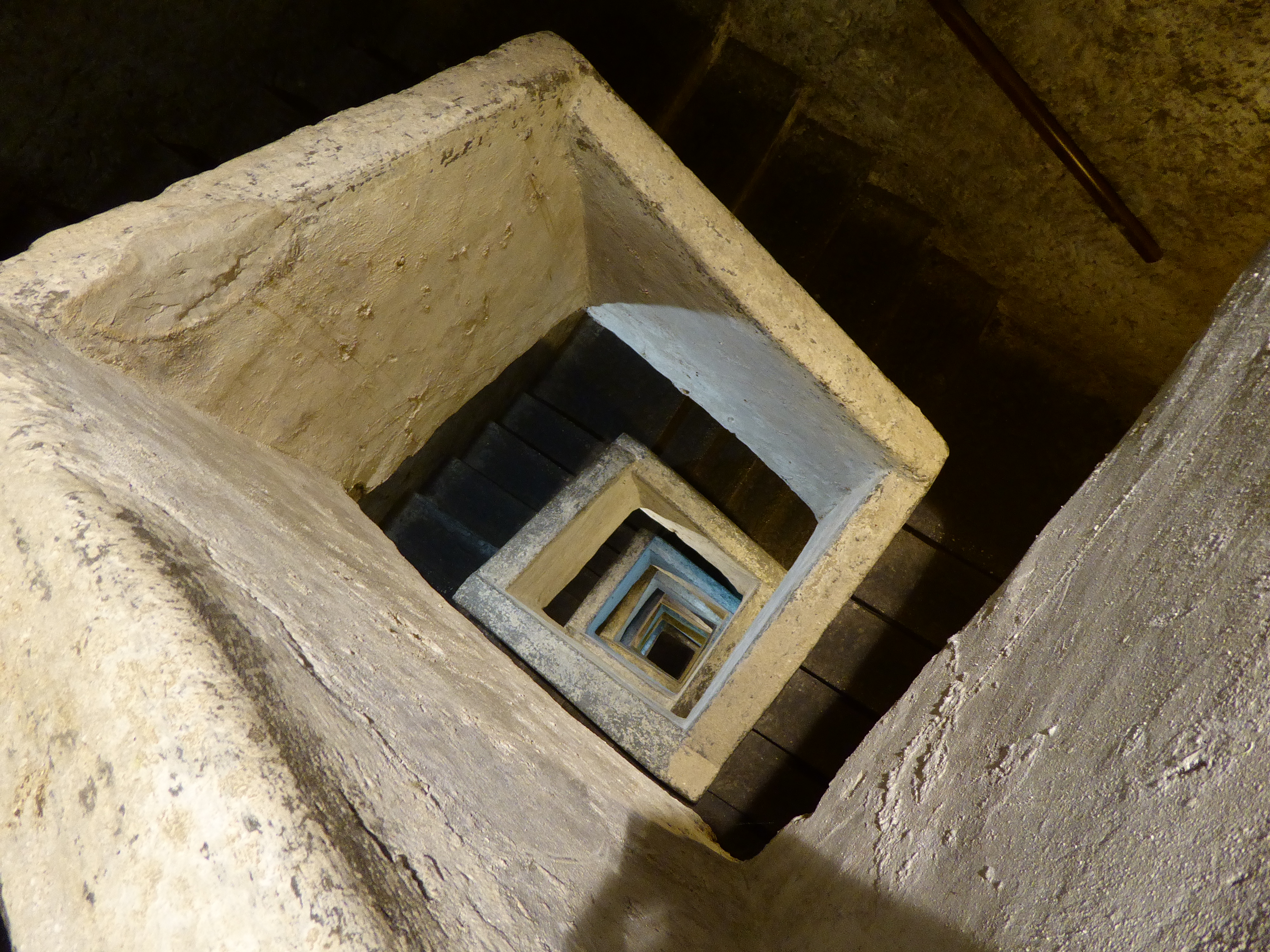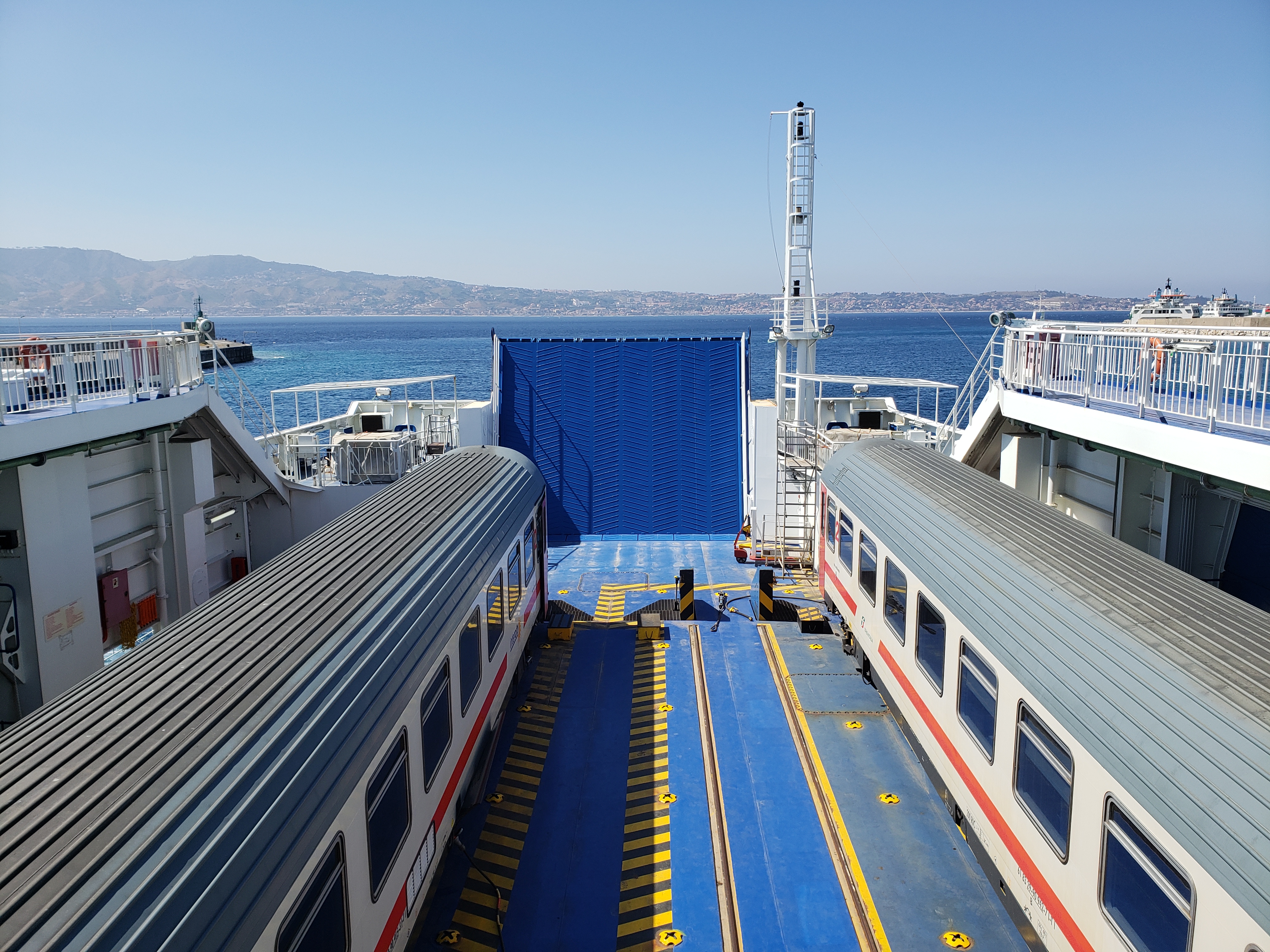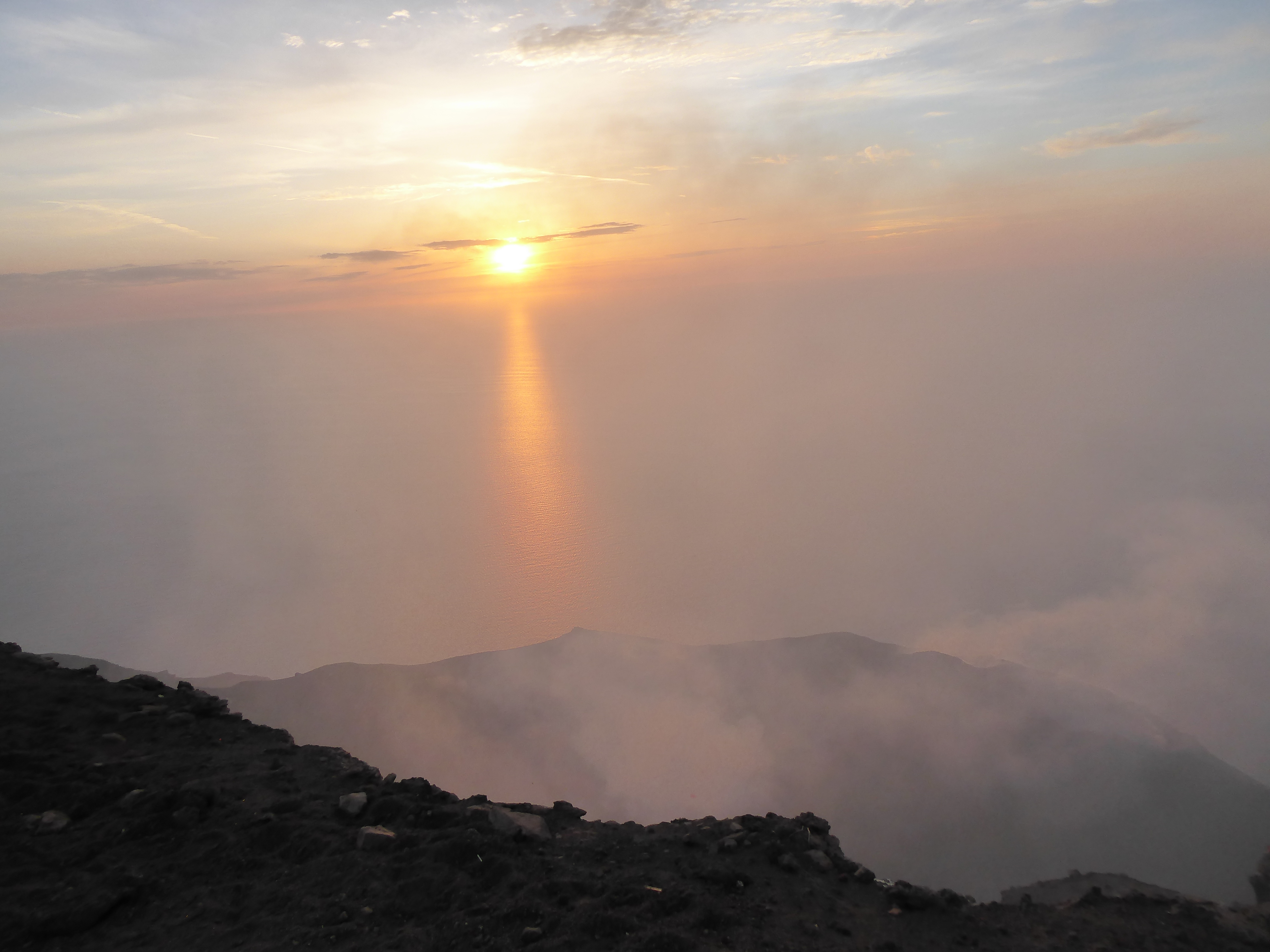
11 to 24 May (Naples, Milazzo, Stromboli, Ginostra)
STROMBOLI, Stromboli
Approaching the island of Stromboli by hydrofoil, I saw only a volcano jutting out of the sea with a blackened, scarred swathe running down its side.(I’d learn later this barren strip was called the Road of Fire).It seemed unimaginable that people lived here.
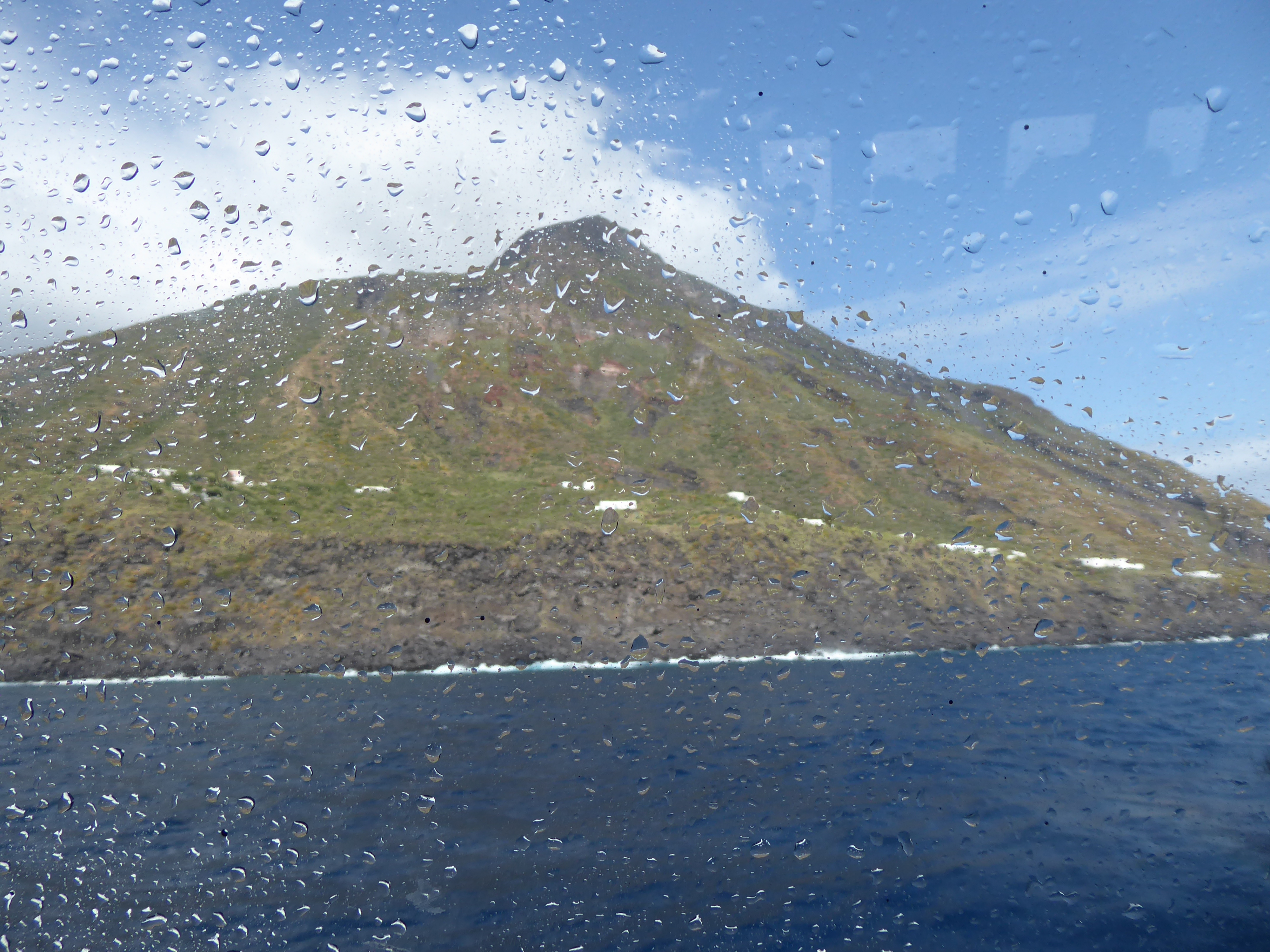
Arriving on Stromboli seemed surreal. I was picked up in a golf-cart, most of the roads are too narrow for cars and taken to my home. A convenient misunderstanding on the owners part led me to find somewhere else for the other four nights. It turned out to be a much nicer place at half the price.
Resources on Stromboli are scarce. In the past, rainwater was gathered in cisterns, but the increased population made that no longer viable. Today, the running water in homes arrives by ship from the mainland-drinking water is bottled-and almost all of the food as well.
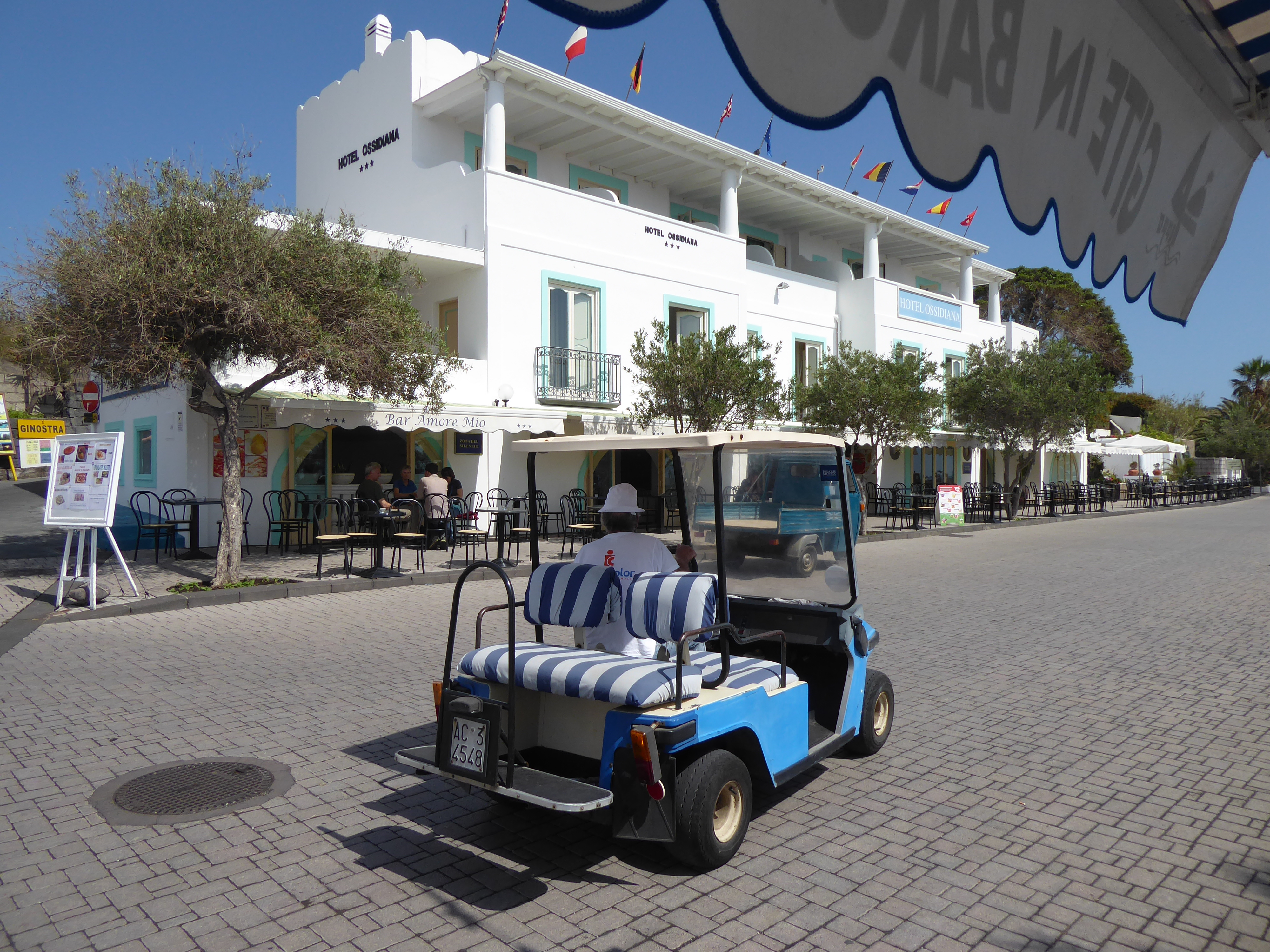
Wandering along the black beach, I was rewarded with a stunning sunset.
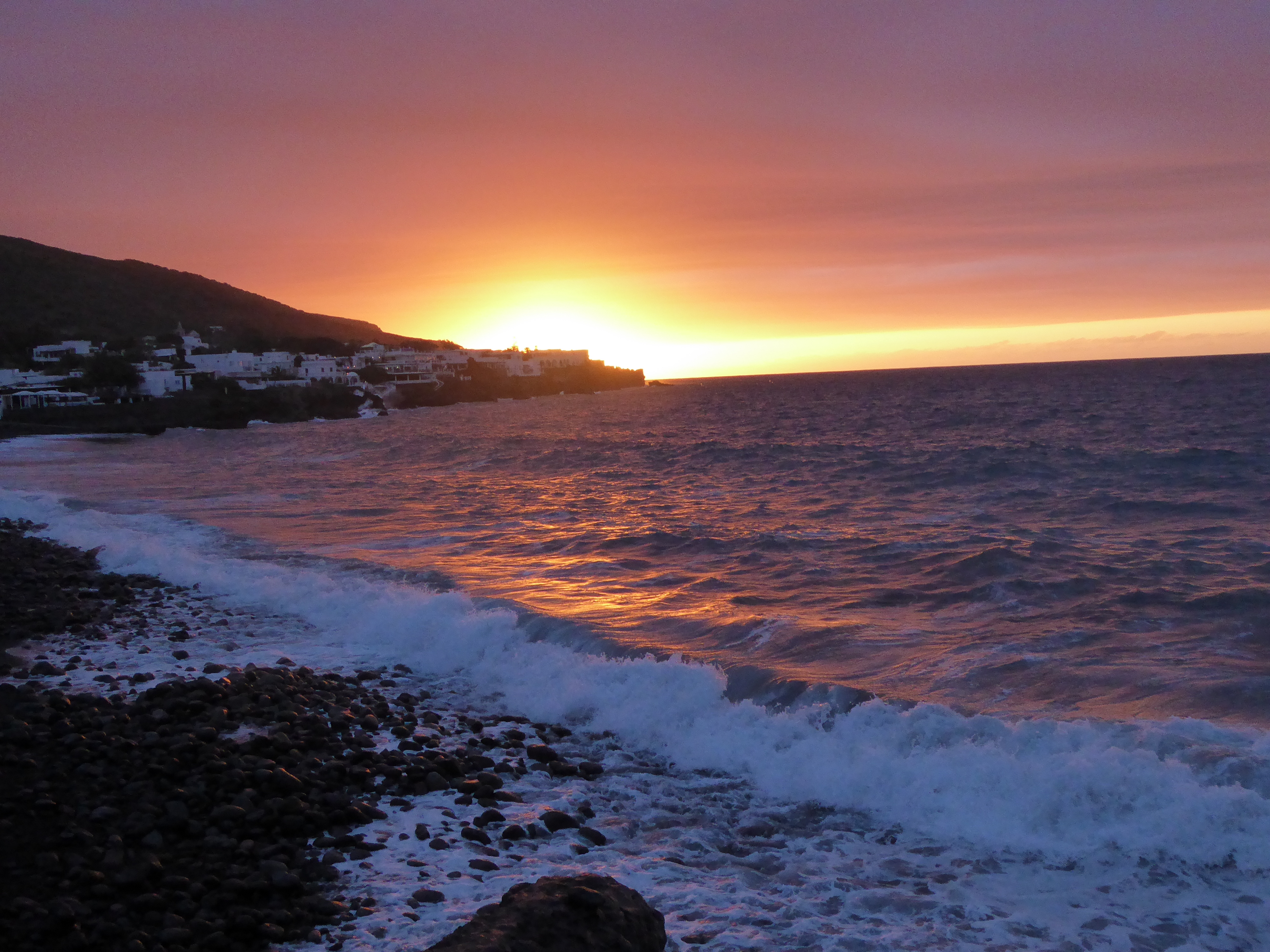
I quickly learned Stomboli was pronounced “STROMboli” and not “stromBOli.”
Day trippers, in full hiking gear, make up a good part of the tourists and are easily spotted walking the main street looking for last minute provisions before trekking with a required guide to the active volcano’s crater. Each evening, around 5pm, a hundred or more tourists donning hiking boots, hiking pants, high tech tee shirts, walking poles, daypacks with fastened hardhats waited in the main, and only plaza, for their guides to lead them to the top. It is still low season.
Sharing a path with them for a short while I was pleased to leave their noisy chatter behind.
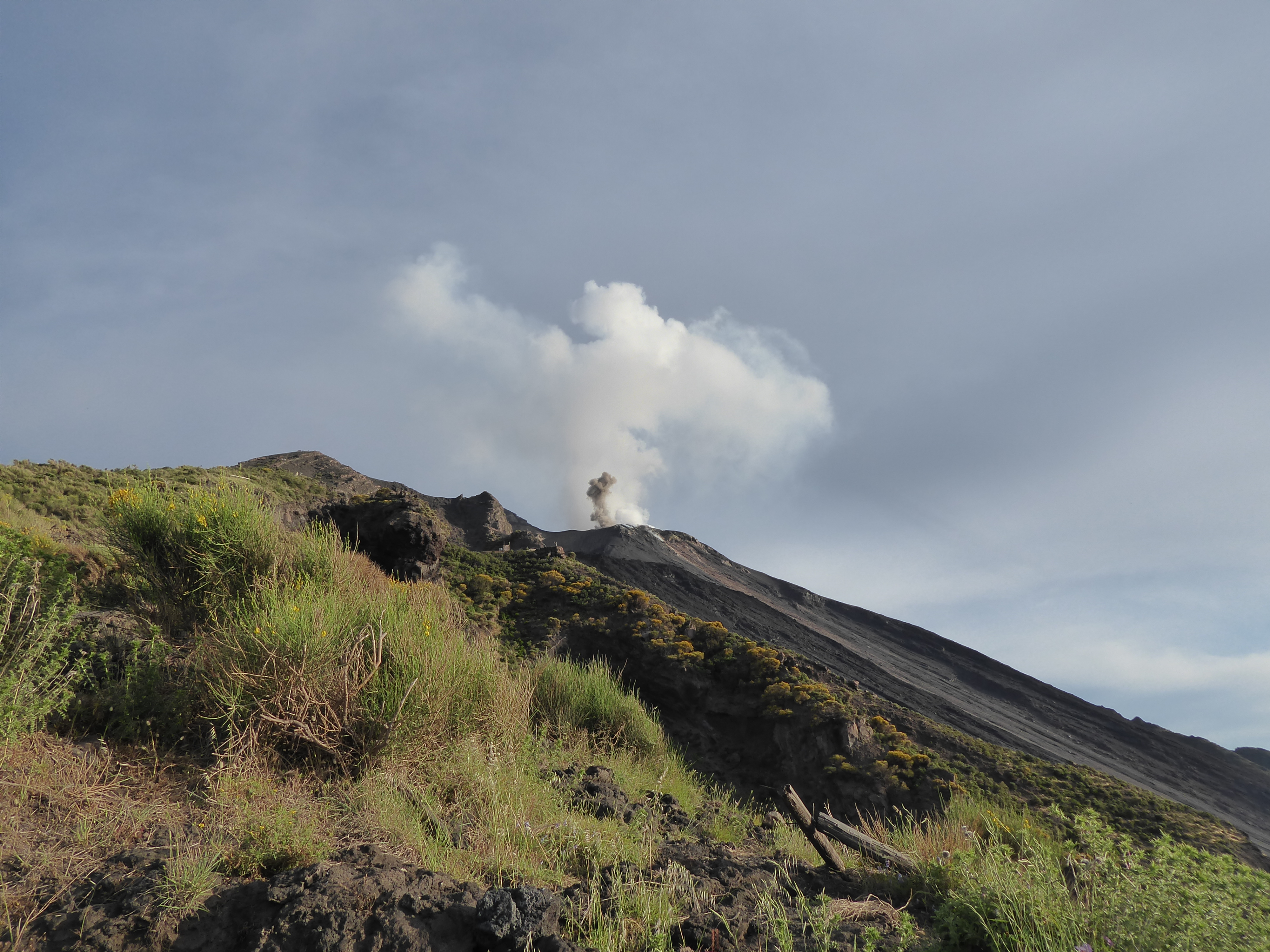
The small island had several hikes I could do without a guide below the 400 meter mark. One path, leading to a lookout point, was abundant with wildflowers blooming in various hues of pink, purple, and yellow. The sea changed her mien with the light. And the chatter of birds punctuated the silence. I ran into few other hikers. It was only at the end when twenty people or so gathered for the view of Stromboli at sunset. Spurts of black smoke signaled an eruption.
(I’d noticed many signs throughout town indicating meeting points in case of a major eruption or tsunami, but I saw no evidence of emergency evacuation ships or means to head quickly for higher ground. My thought was, “We gather together and then what?” My inquiries led to one long-time resident shrugging her shoulders. Another gave a similar response.)
Walking back along an unlit path, I stopped, turned off my headlight and gazed up at the blanket of stars.
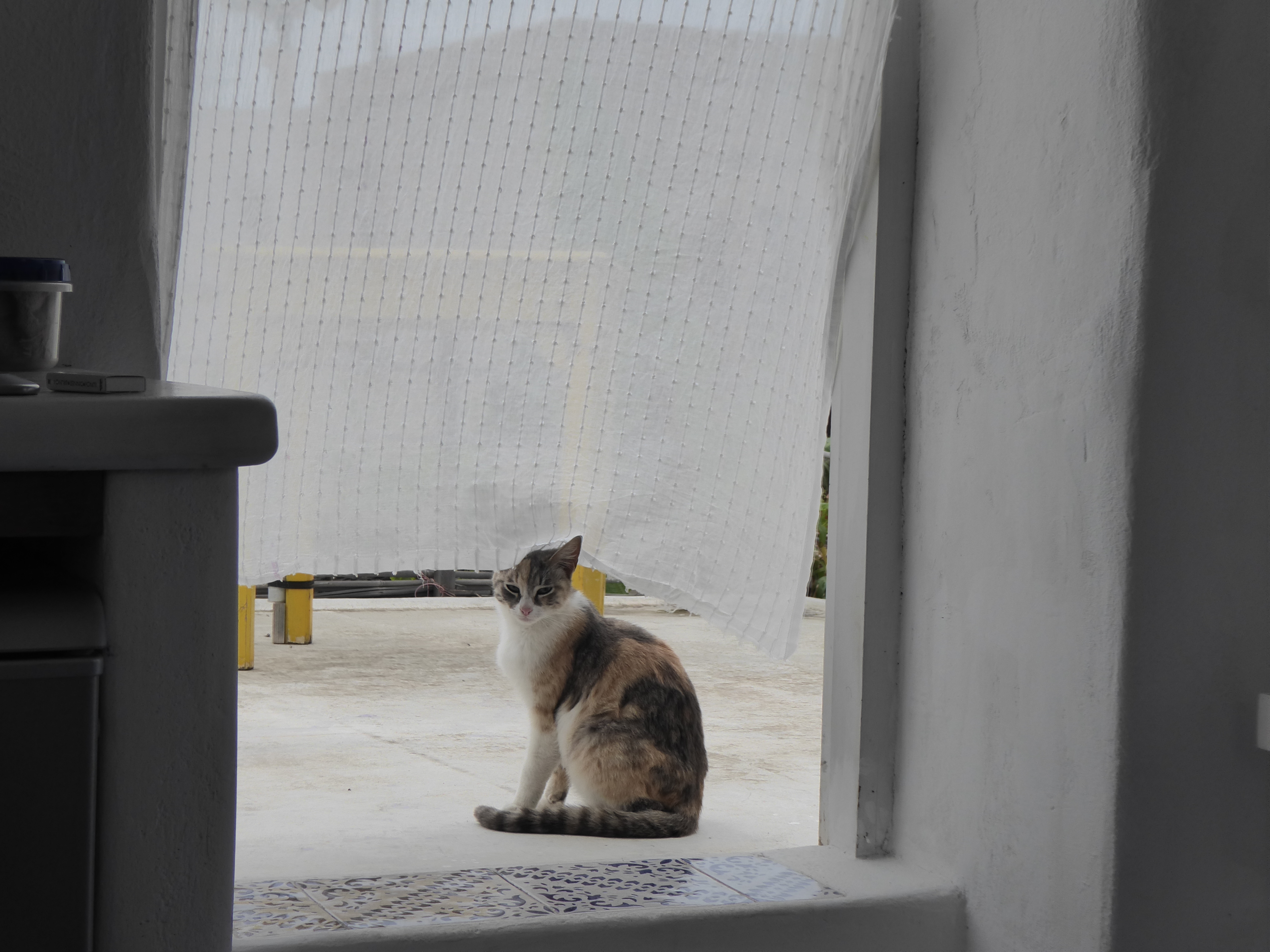
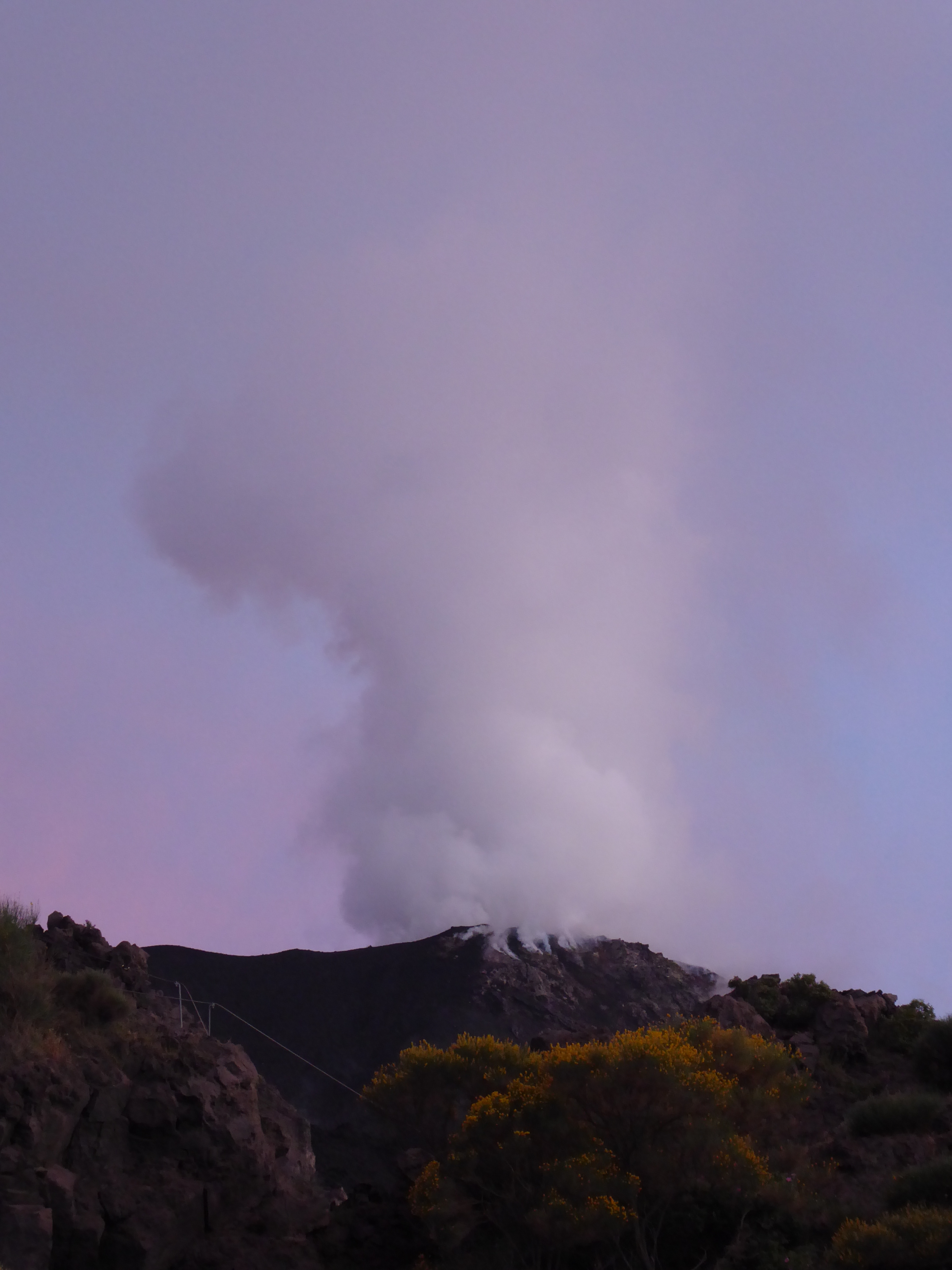
Hiking up to the crater en masse did not entice me, but I knew I’d regret not going.
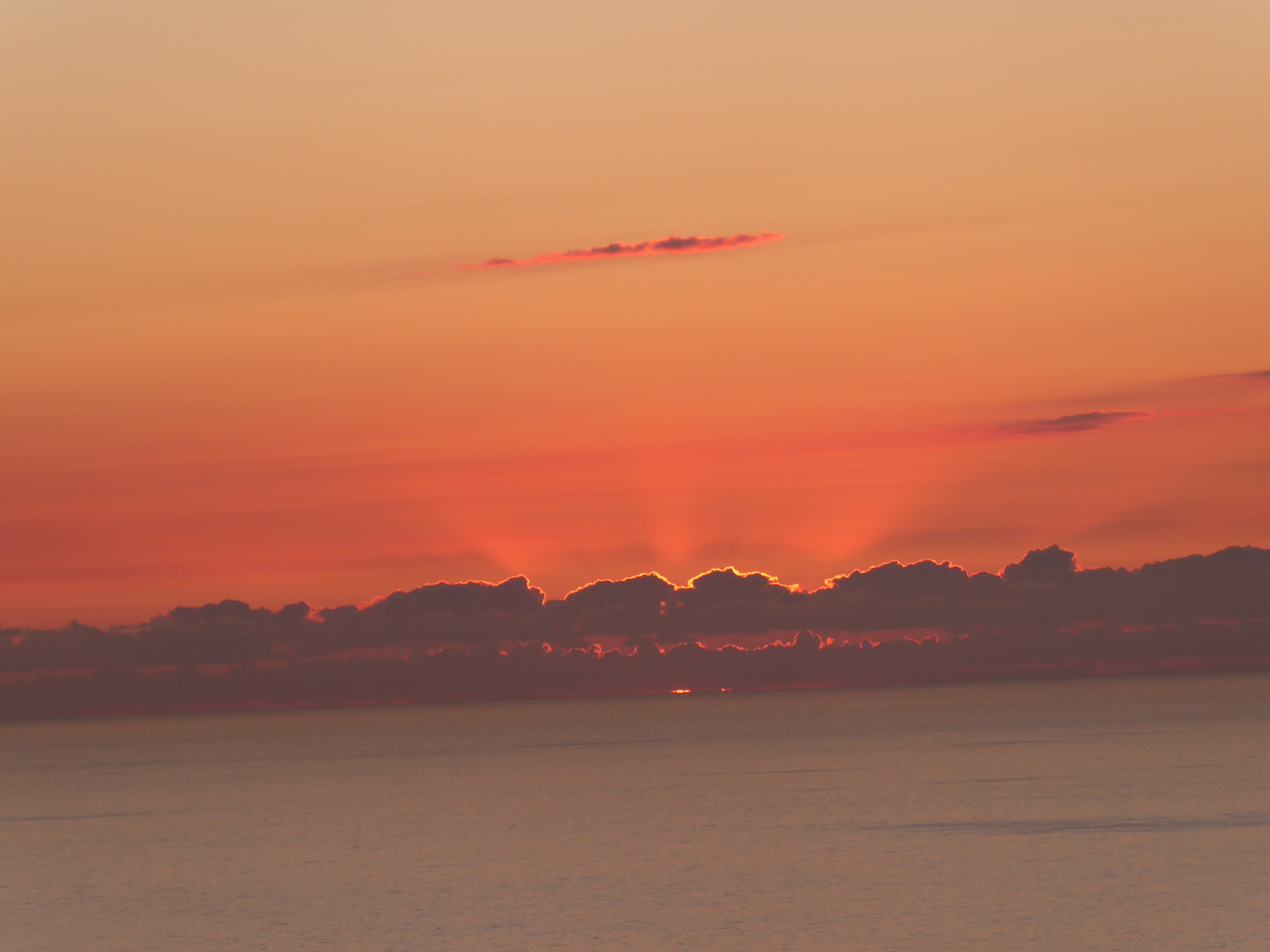
The next evening, at 5pm, I was one of a hundred or so donning hiking gear and a hardhat. I borrowed a bamboo walking stick for the three hour ascent and two hour descent, packed water, a sandwich, snacks, headlamp, and warmer clothing-all required. Groups were limited to twenty. Fortunately, and surprisingly, my group enjoyed the silence and only spoke occasionally. The guide set a very slow pace reminding us that the ascent and descent were steep and conserving our energy was important.
The twenty we began with soon became seventeen. The hike, for some, was too difficult. One of the men I would see later in tears from dissappointment. His buddy had carried on.
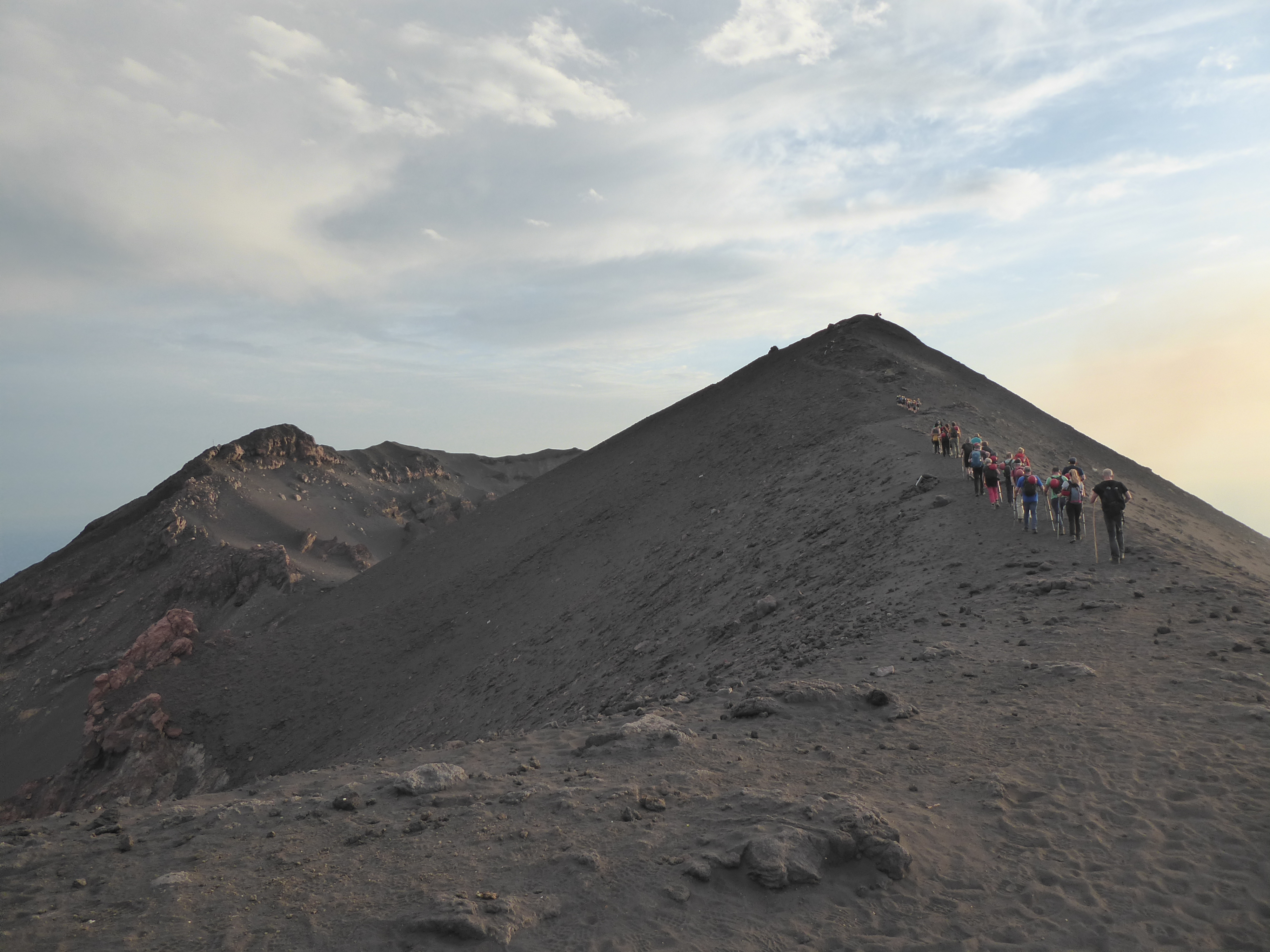
It was a challenging hike, particularly the last section where the path was narrow and particularly steep. Fortunately my previous hikes had adequately prepared me. Arriving on top, looking down into the lava spewing crater with the sun setting into the sea was breathtaking. The natural fireworks with sound effects were spectacular. I did my best to downplay all this to the man who didn’t make it.
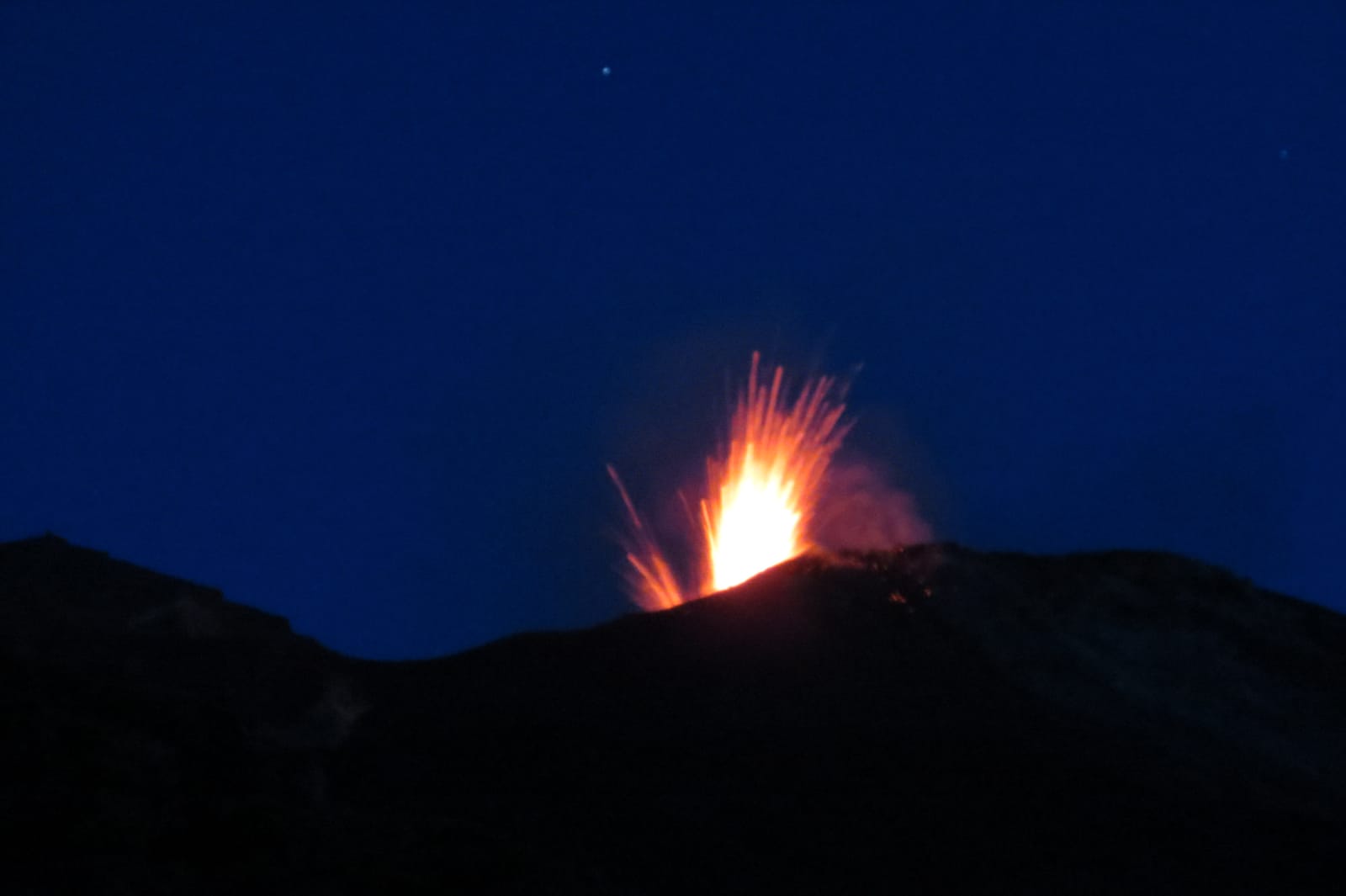
In the five days I spent on the “busy” side of the island, in the town of Stromboli, I took walks through the town and along the sea observing the various activities and view of Strombolicchio.
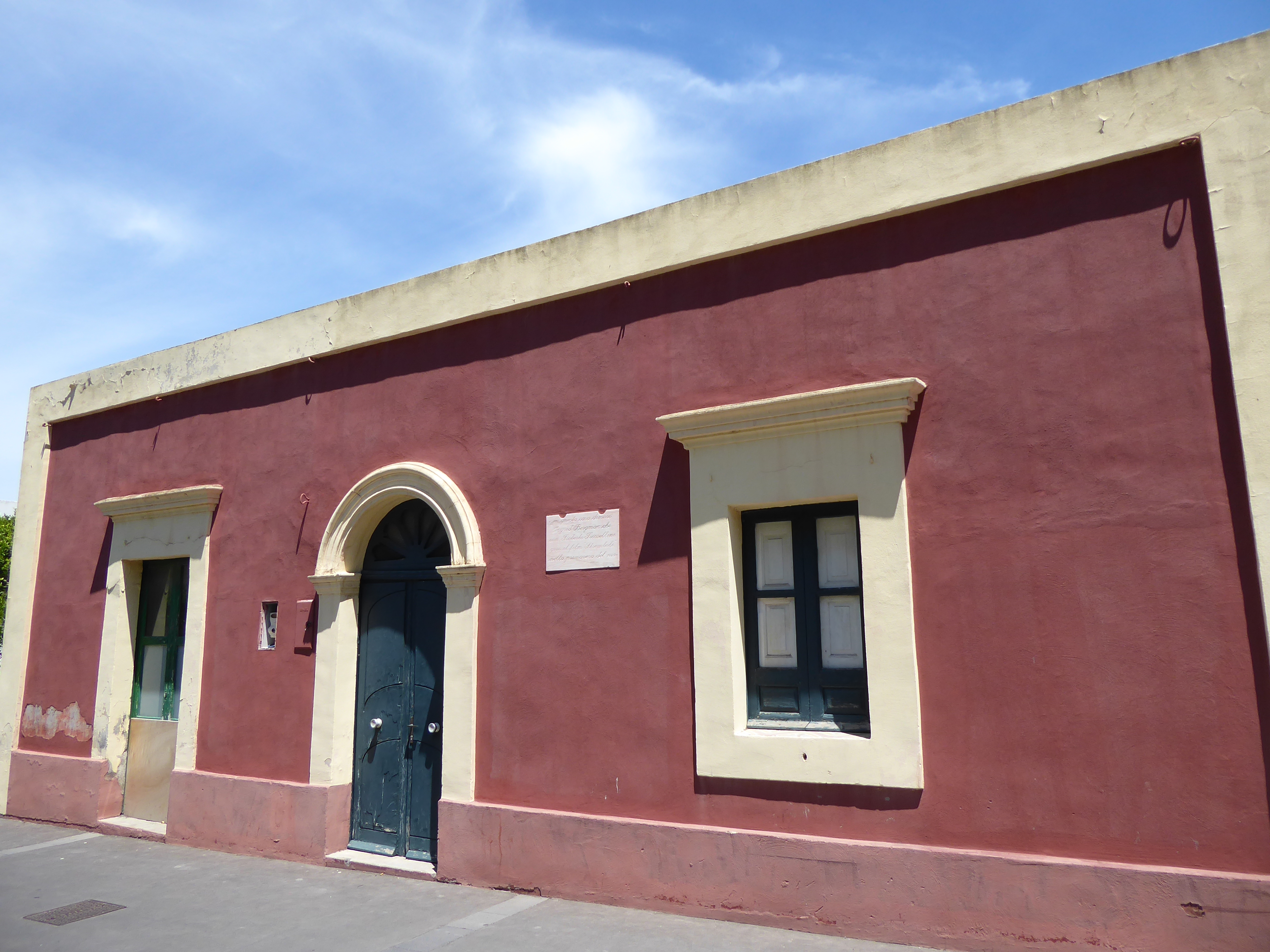

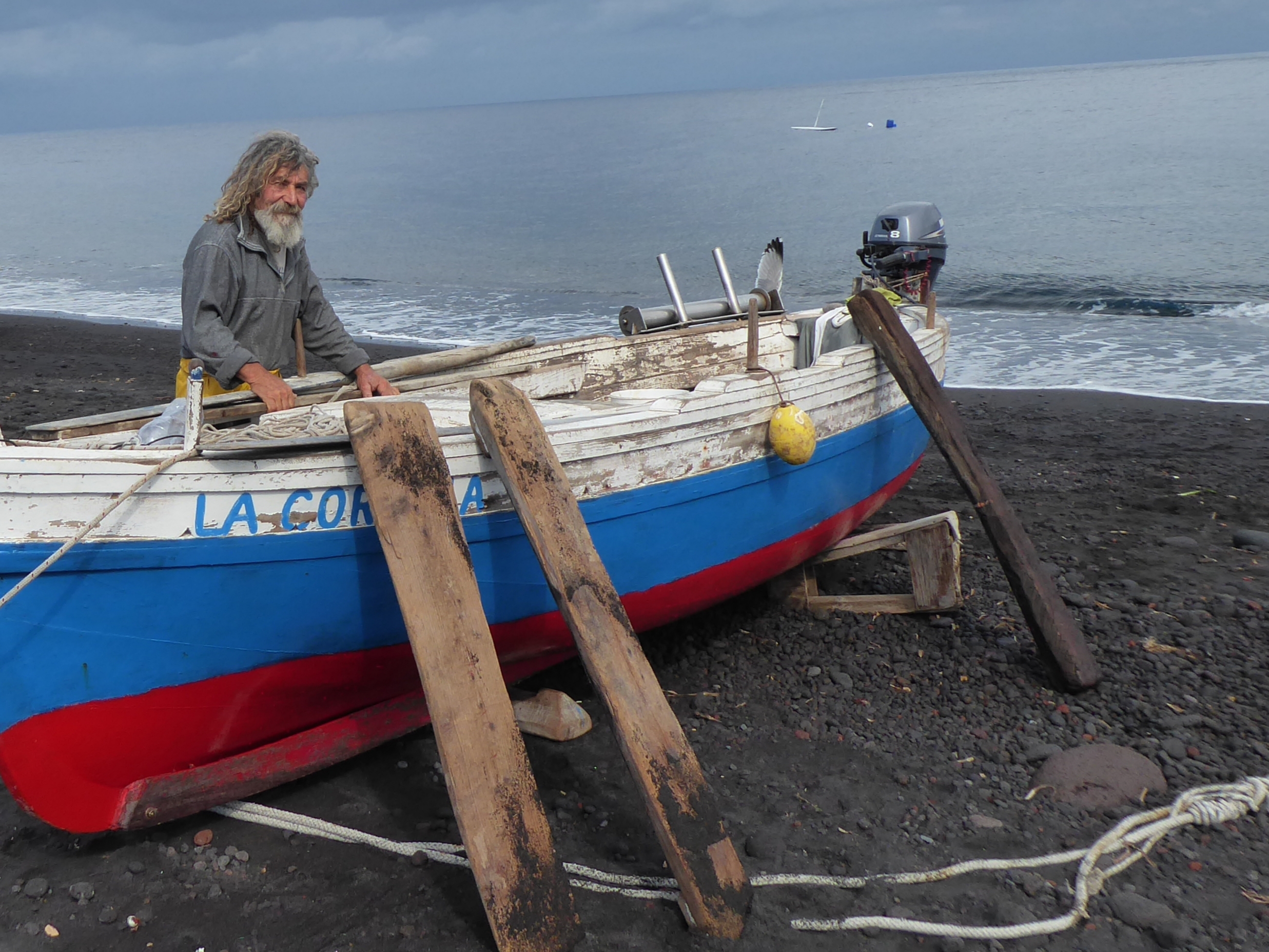
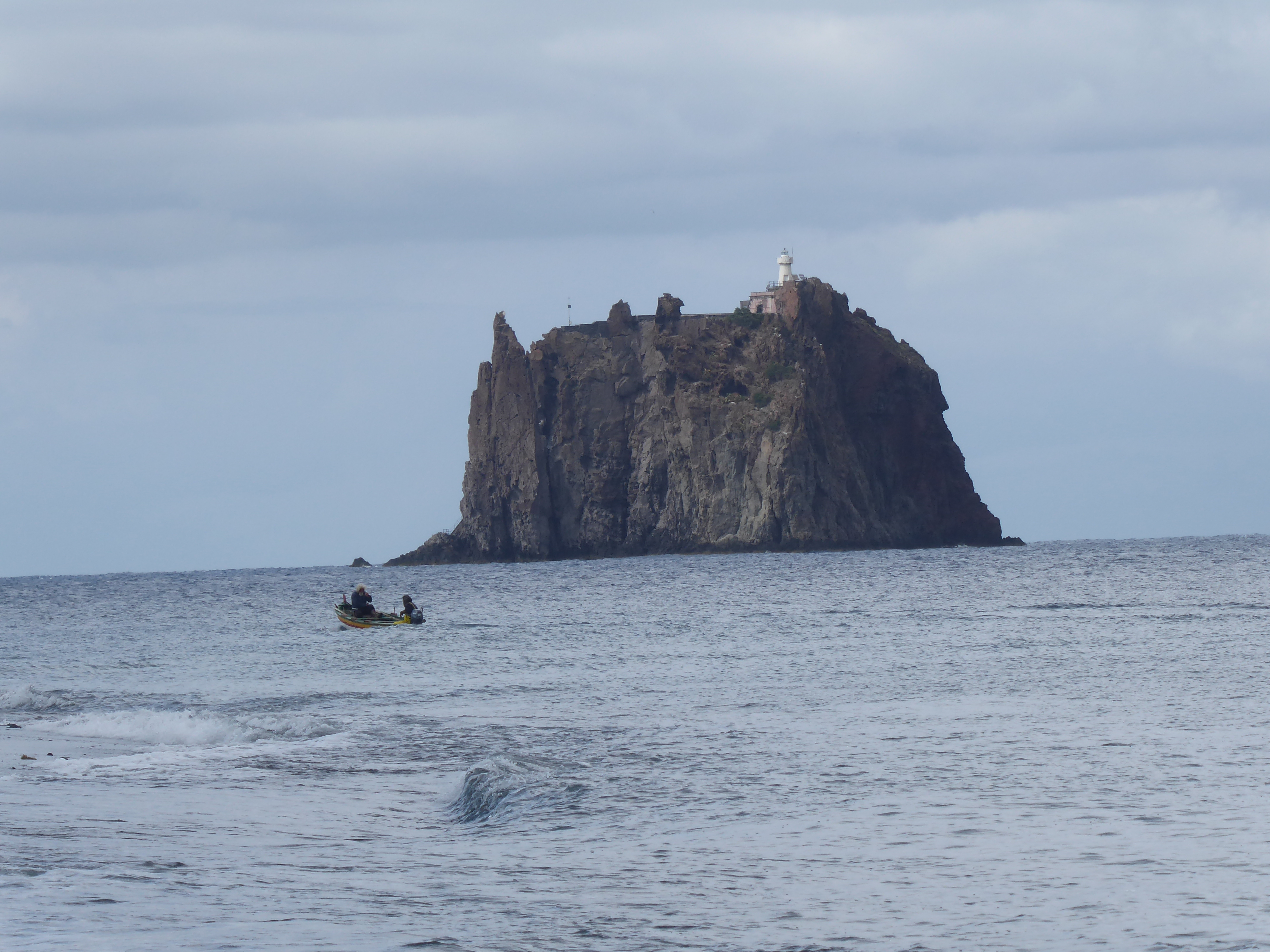
_________________________________
GINOSTRA, Stromboli
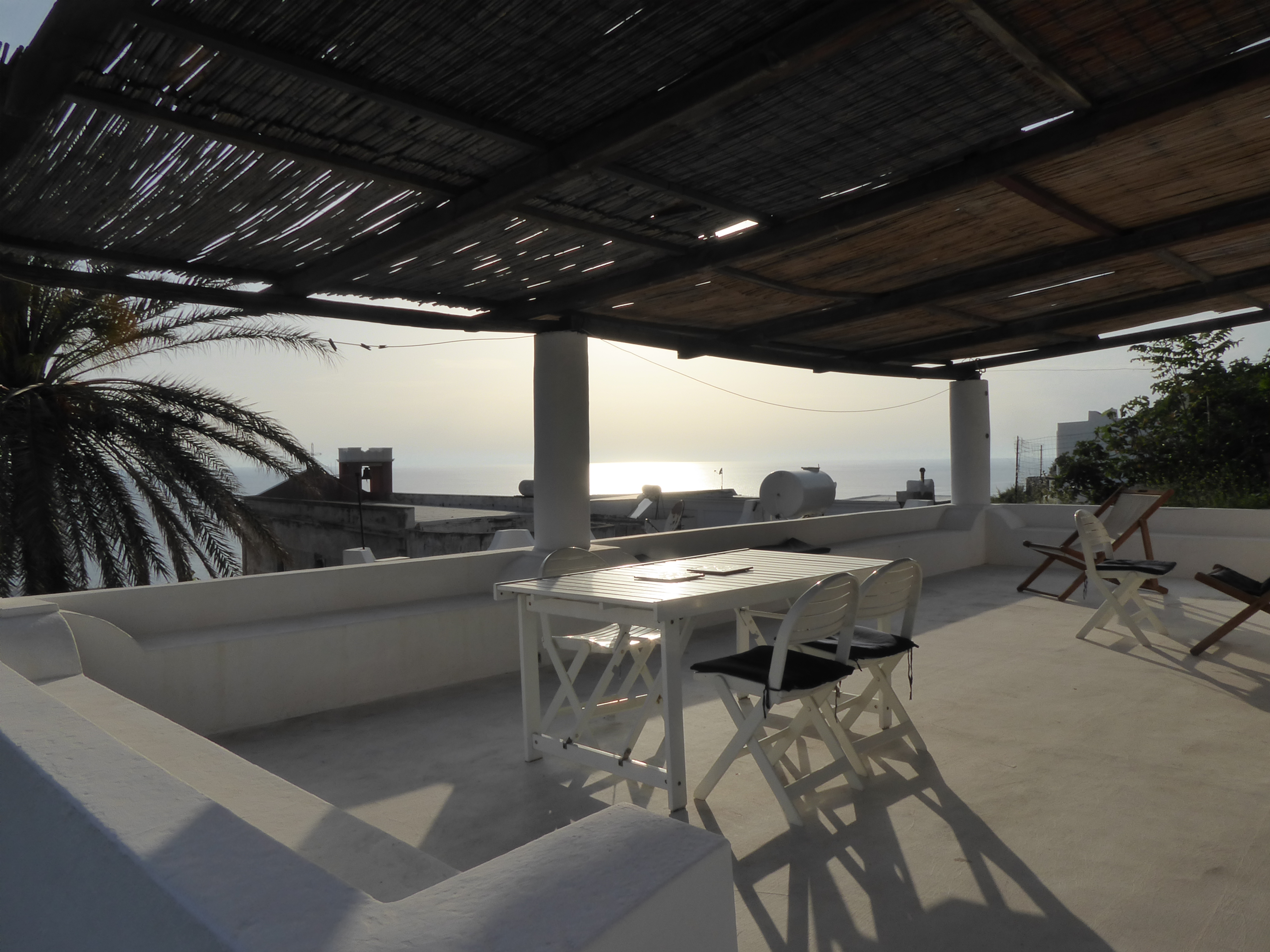
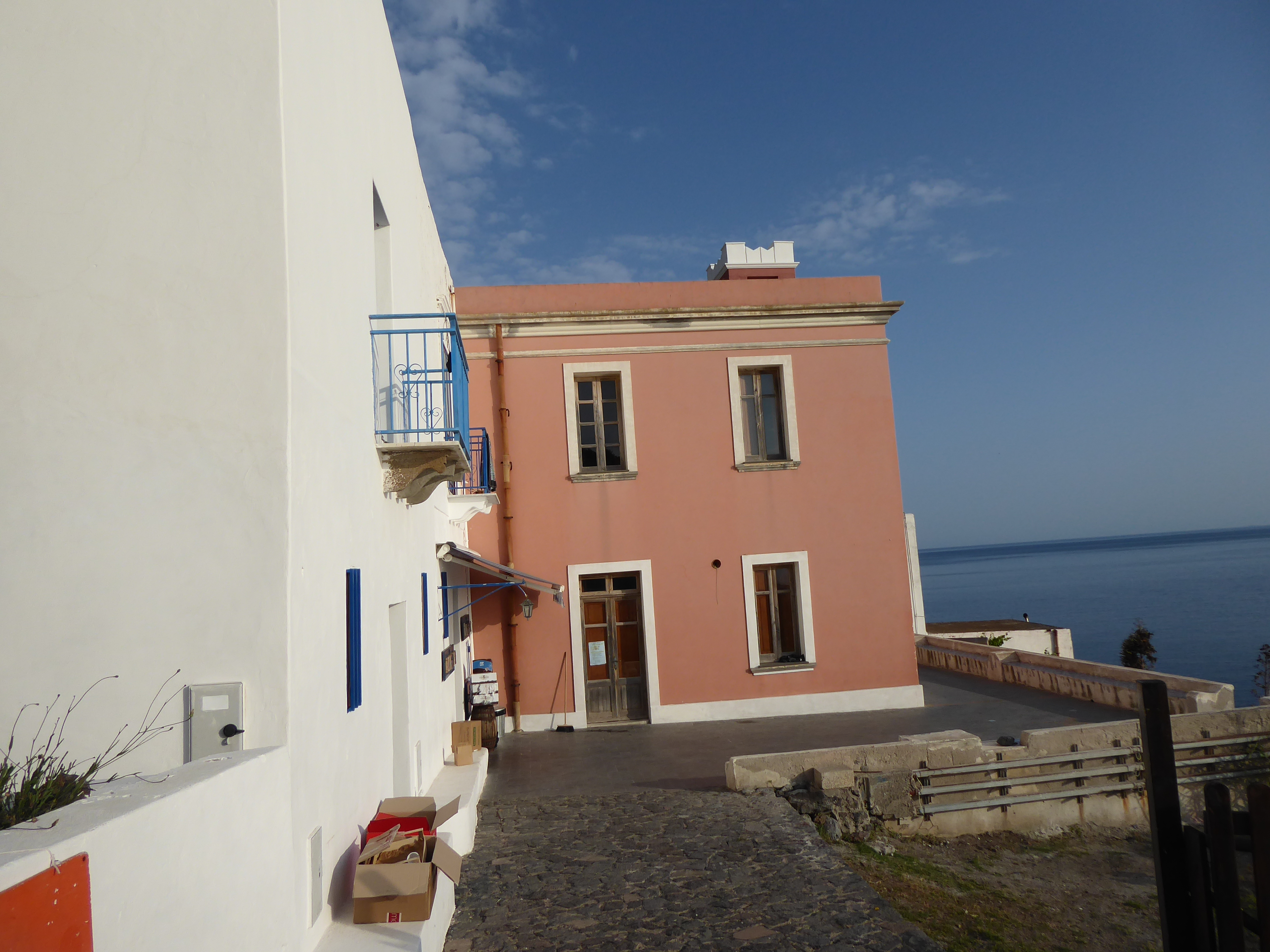
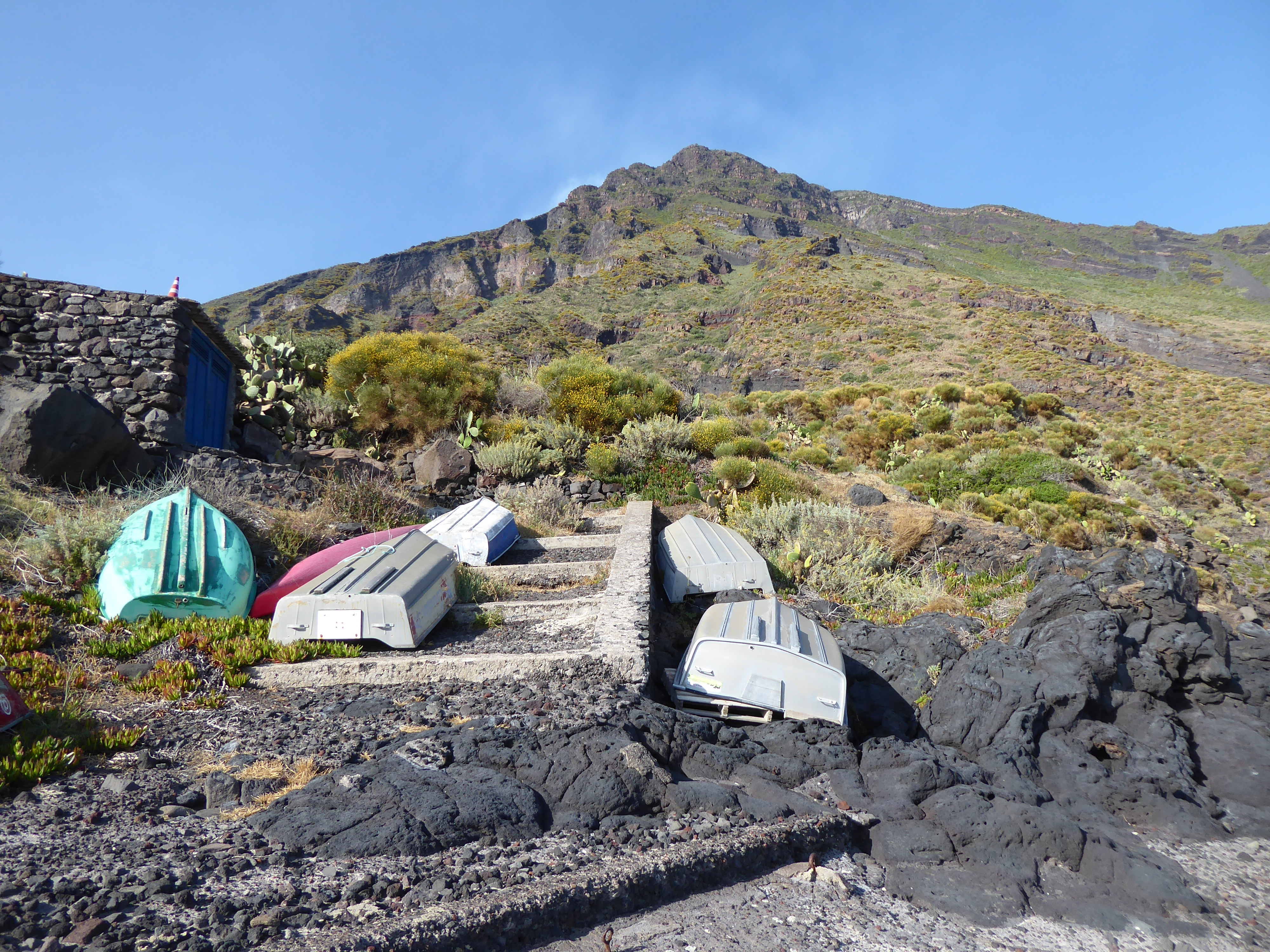
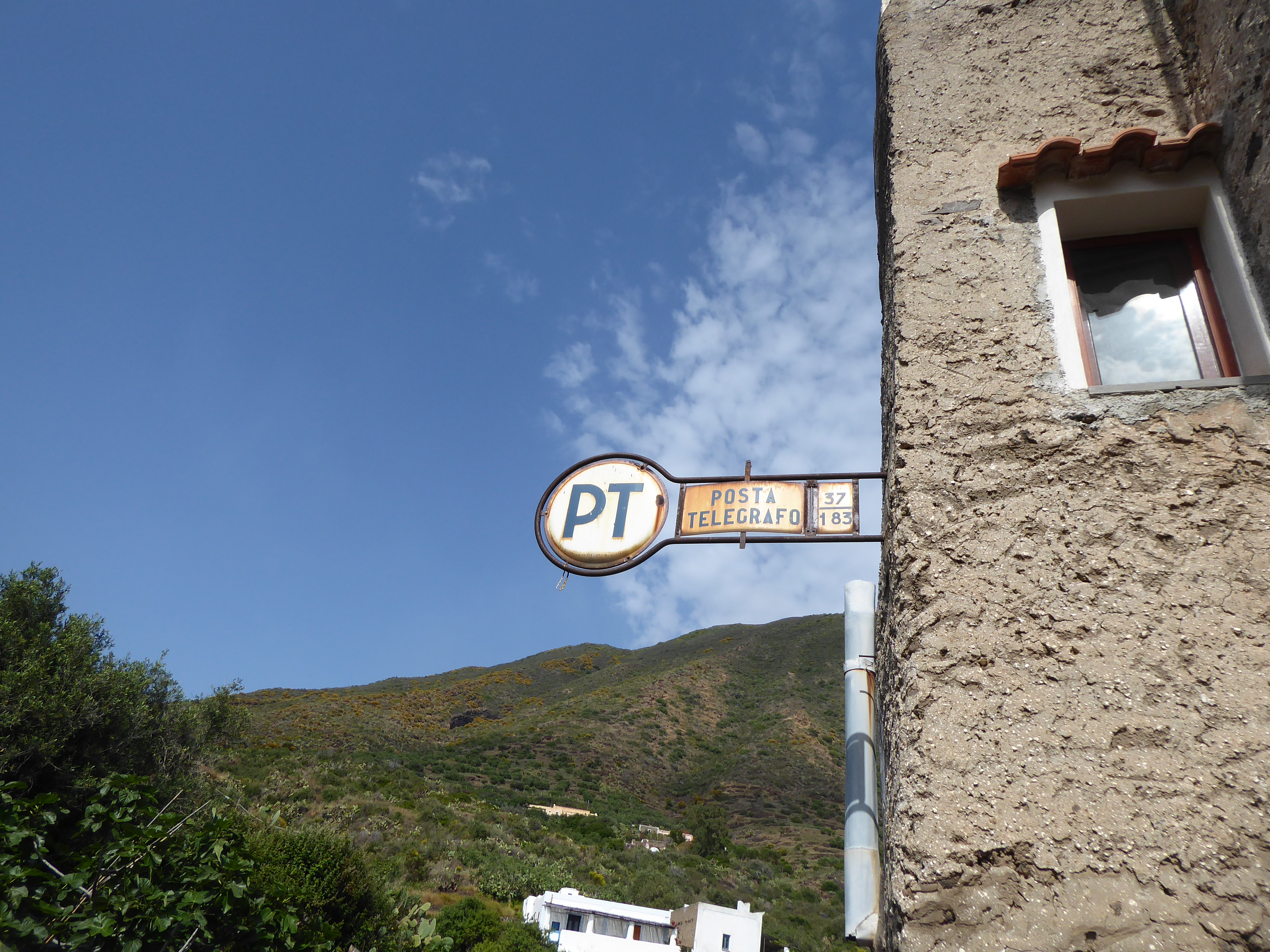
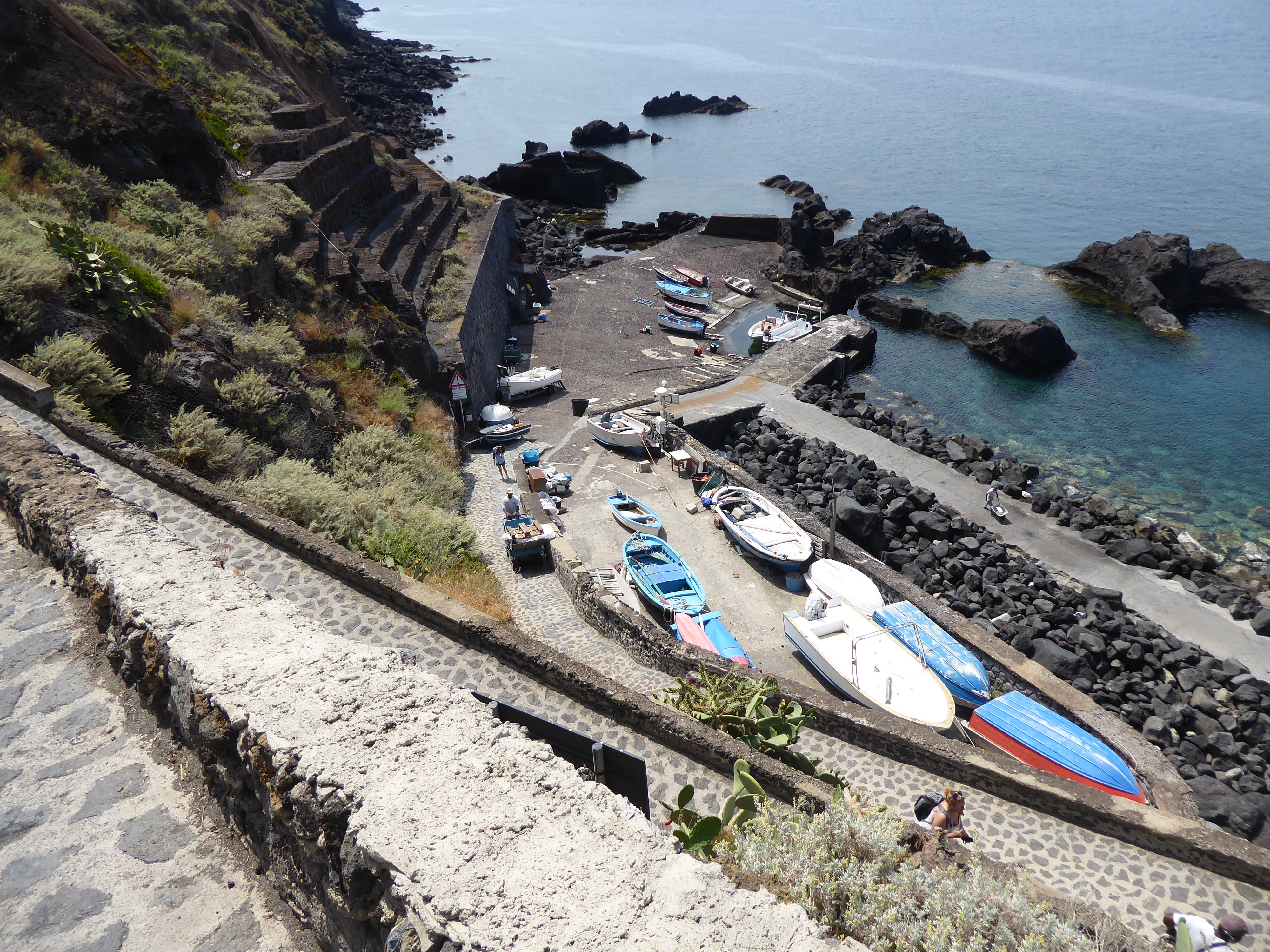
I spent five days in Ginostra, the “primitive” side of the island. Where most people will tell you, “there is nothing to do.” There are no roads connecting the two towns. Only mules and small mechanized vehicles are used there. One gets to each side by boat or ferry.
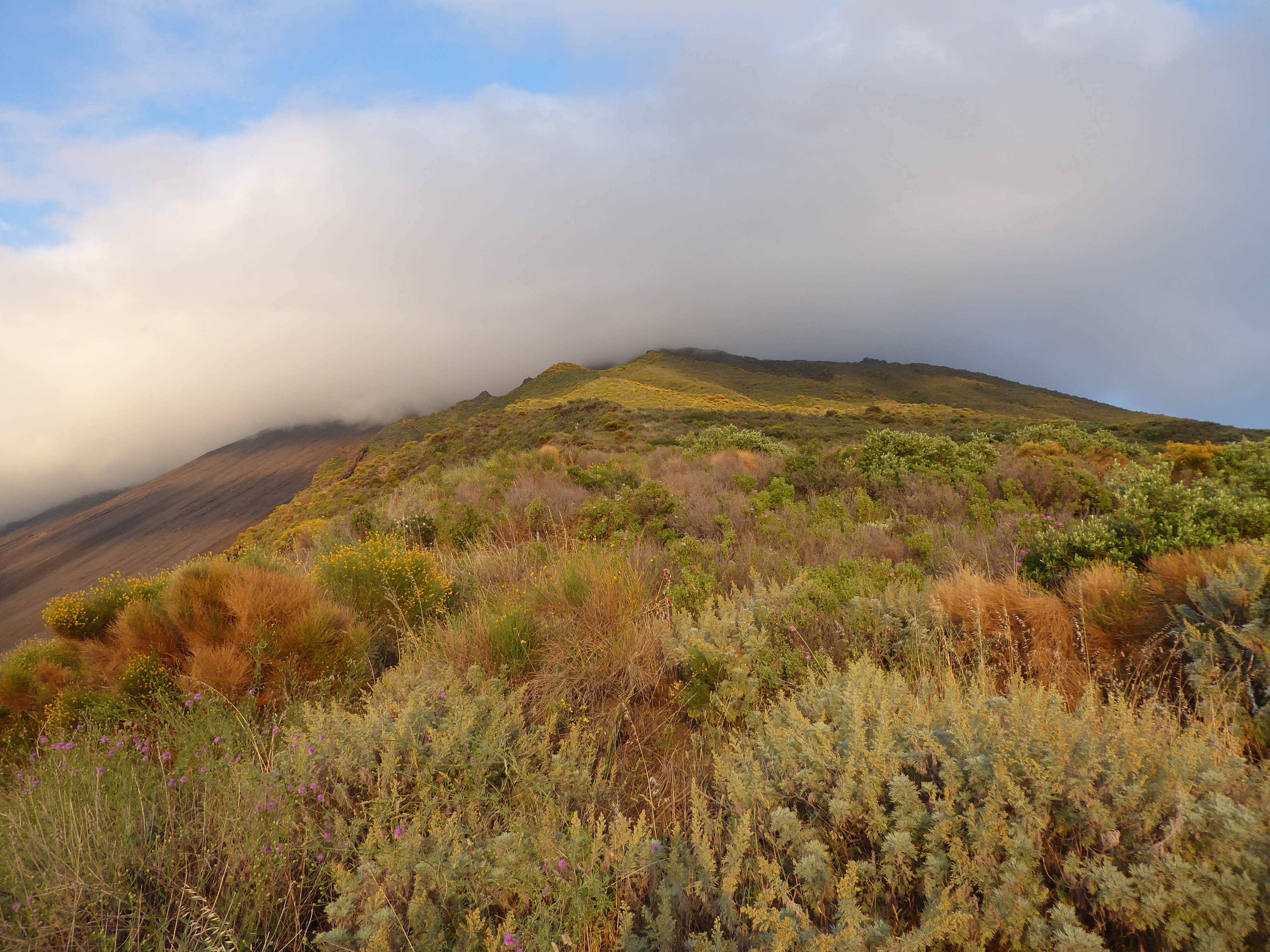
Like Stromboli, most visit Ginostra for the day. I’d booked a small home with a large terrace with a view of the sea. Mimmo who lived next door invited me to pick lemons from his trees, mint from his garden and take water from his cistern-one of the few that remain. I headed over to Graziella and Enzo’s to buy fresh eggs. They were tiried after preparing pounds of tuna for consumption and sale. Graziella showed me her caper plant-heavily relied on in cooking, her garden, newly hatched chicks, goats, and told me tales of her beloved Rottweiler who dued a few years ago.
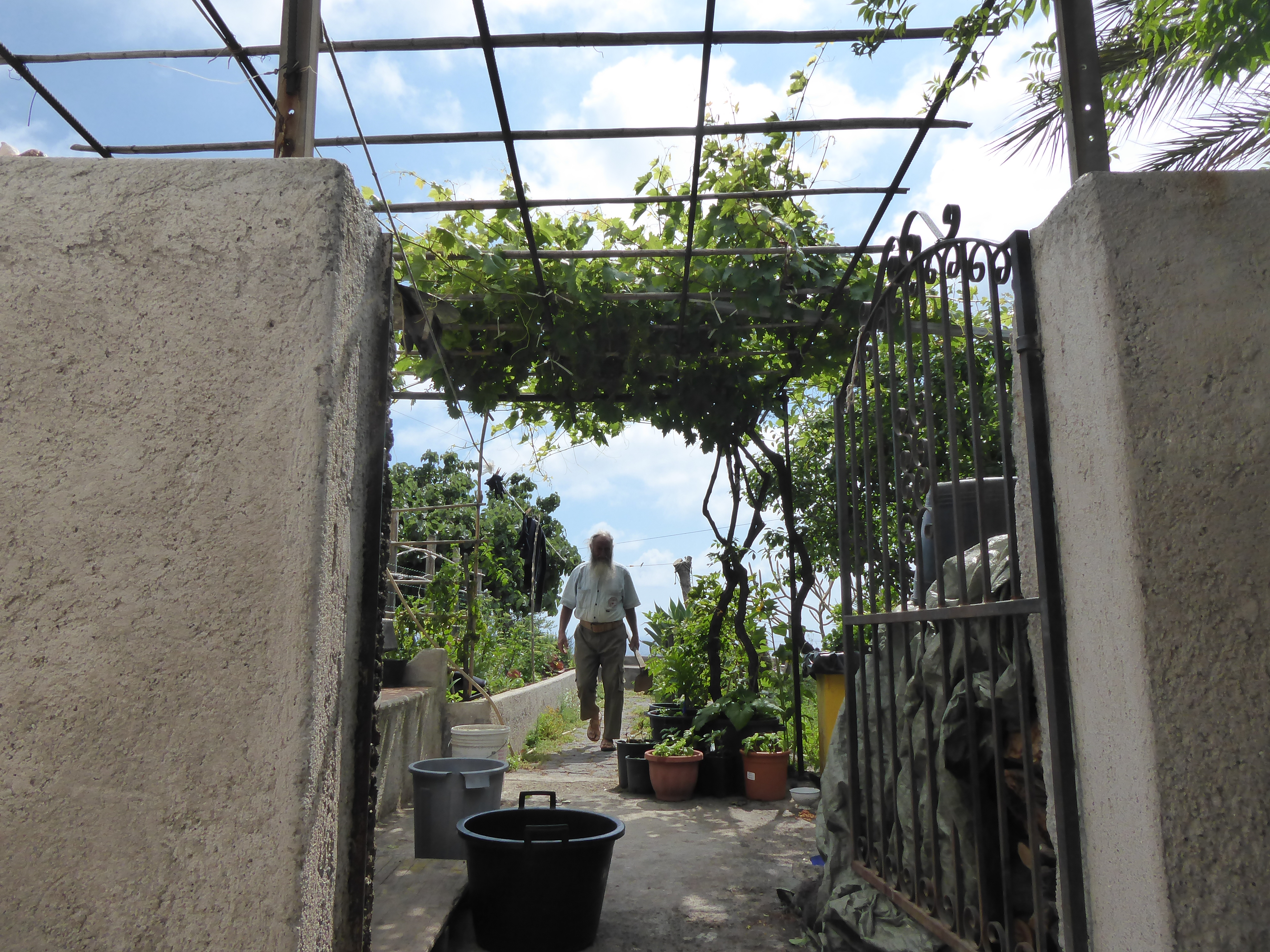
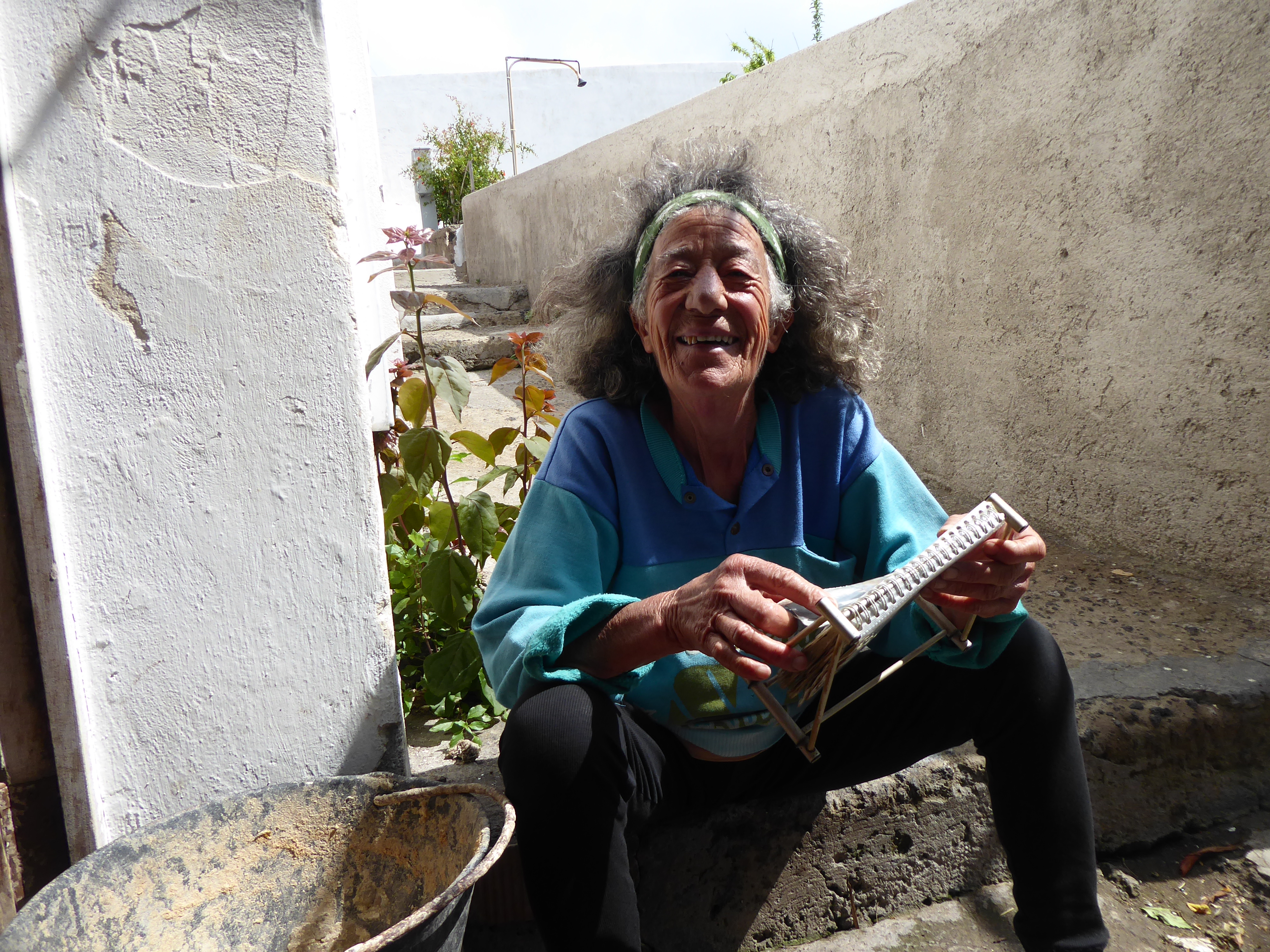
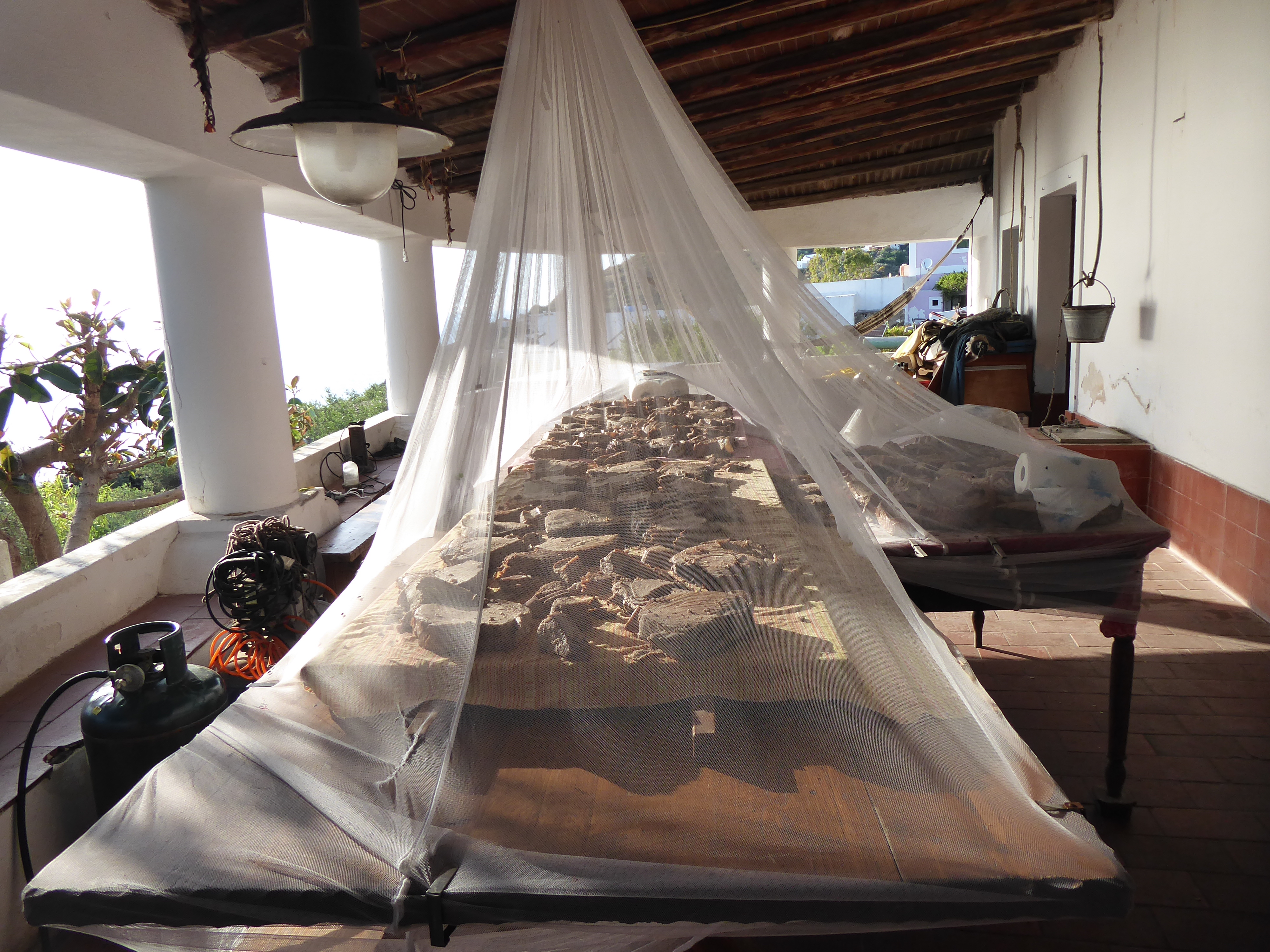
I spent time enjoying the tranquillity, reading, strolling, chatting with the residents and walking in the evening to see the sun set near the Sciara del Fuoco. I found plenty to do in Ginostra.
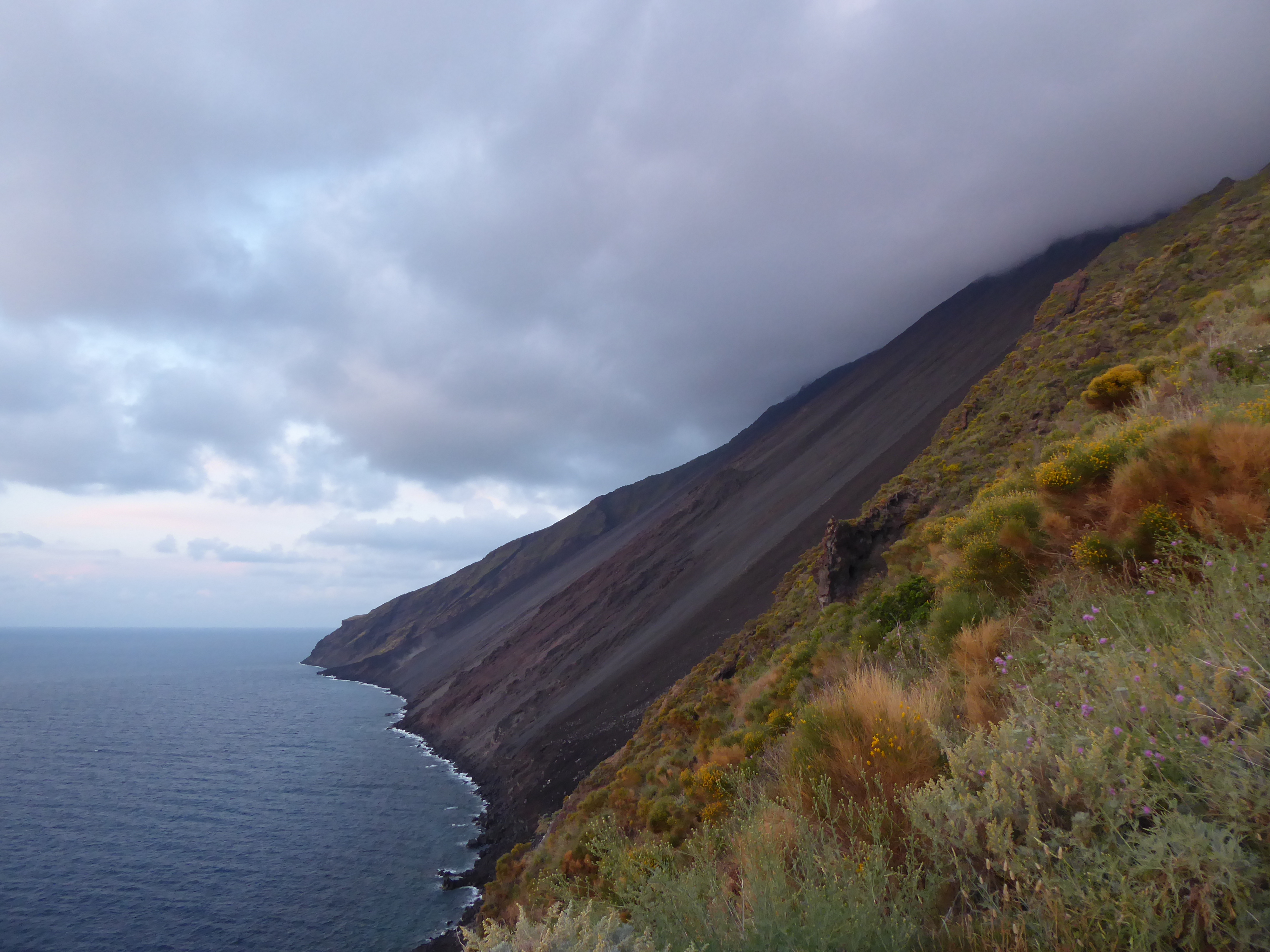
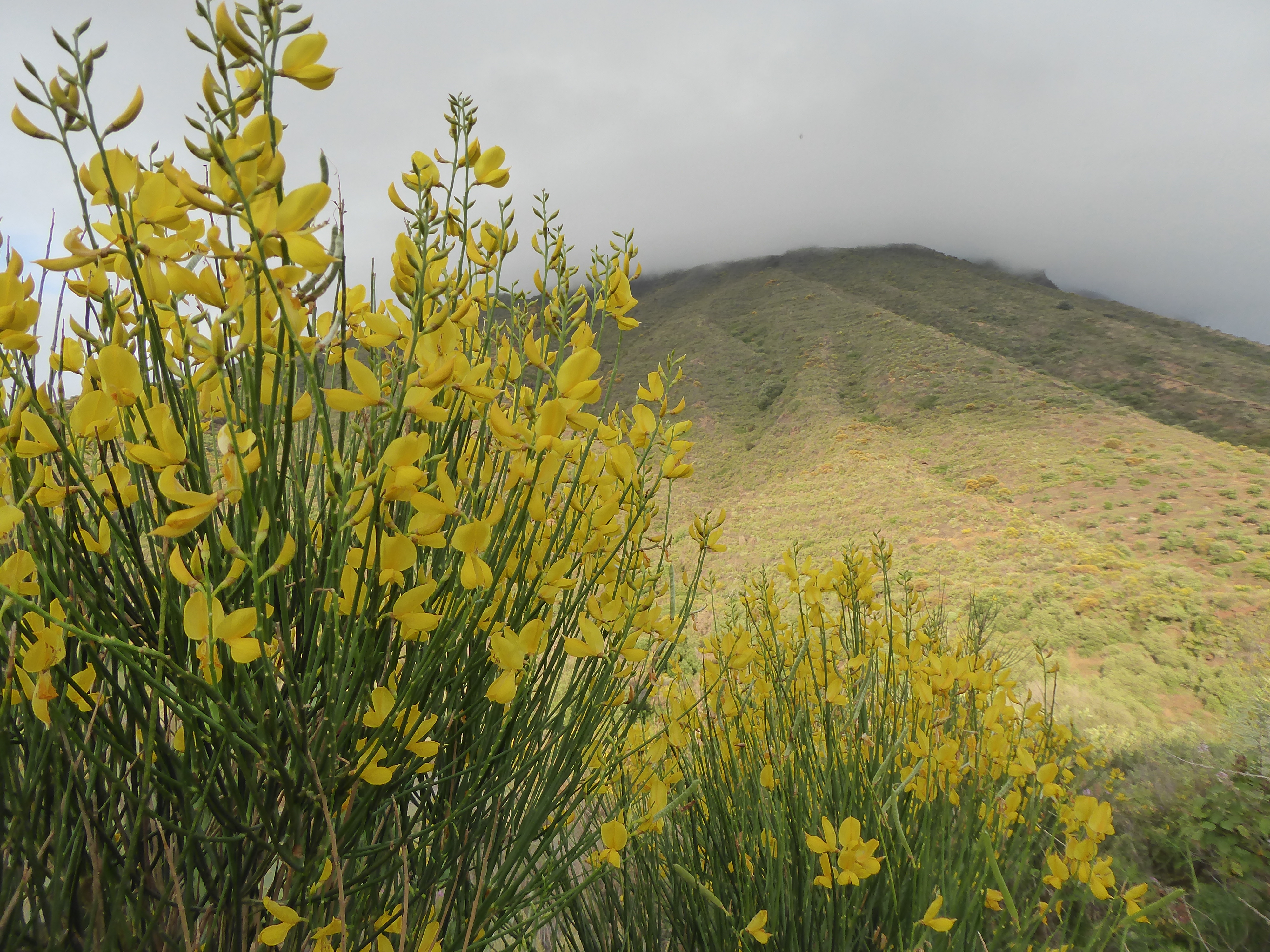
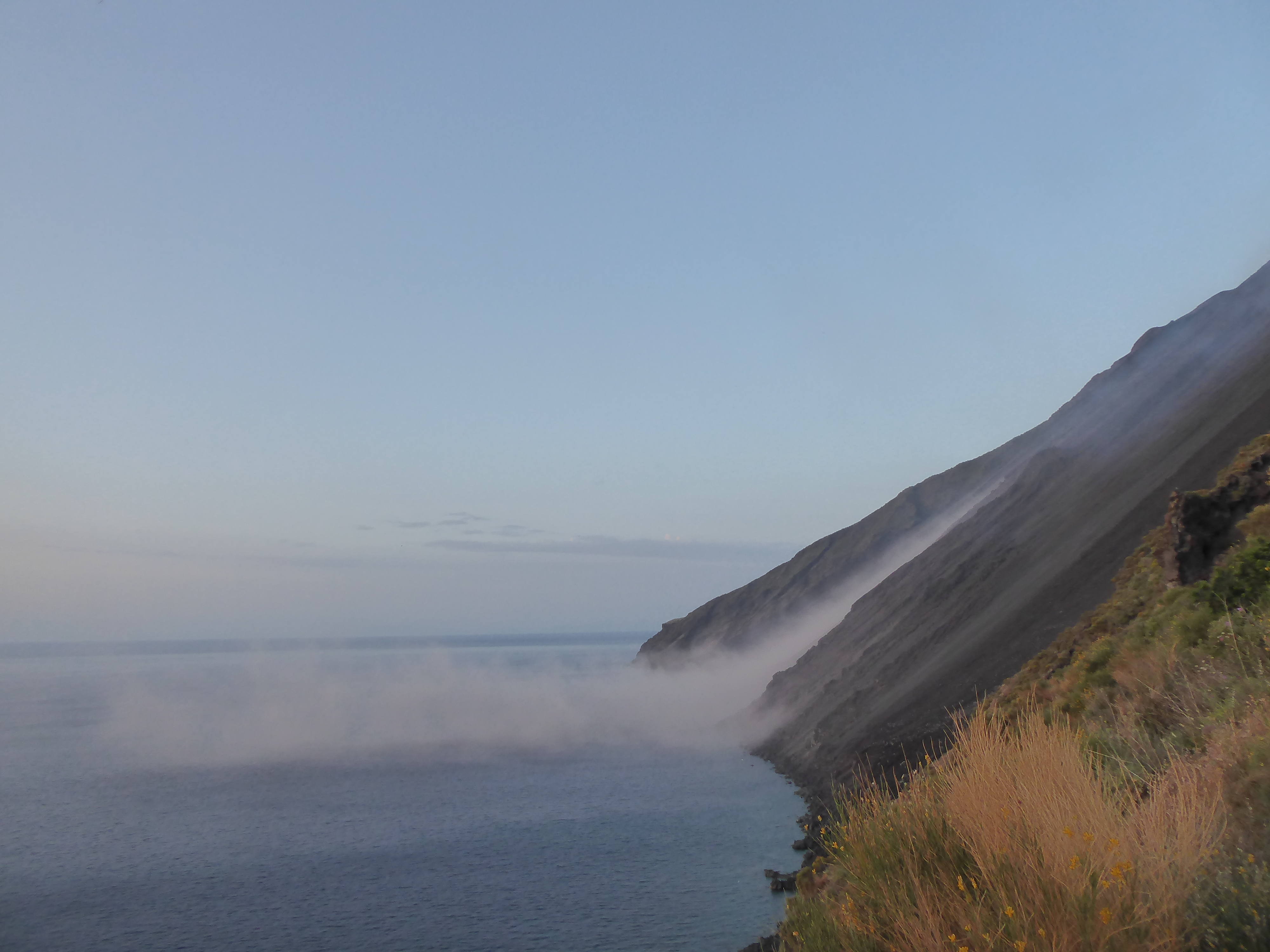
Side note:
When I left New York March 2017 for my odyssey, I’d thought it appropriate to bring Joyce’s Ulysses with me, a book I’d been wanting to read for years. For various reasons I chose Hugo’s Les Miserables and Darwin’s Voyage of the Beagle instead. And there on the shelf of my home in Ginostra was the book, Ulysses. Getting a chance to start this book was enticing, but I knew I’d never finish it in five days. I got up the nerve to ask the owner if I could buy/take it. The book in pristine condition, bought twenty plus years before, had no signs of being read. The owner graciously gave it to me free of charge. It’s a challenging read at times, but my serendipitous acquisition was clearly meant to be.
________________________________
PROLOGUE: Arriving to Stromboli from Naples via Milazzo
I left Procida to spend another two nights in Naples. I had missed the tour of the Naples underground: a system of tunnels constructed roughly 2500 years ago, by the Greeks, to carry water and used for that purpose through the 1880’s. It was then closed, due to a cholera epidemic, emptied, and abandoned. Heavy bombings in WWII brought it new purpose. Lying 40 meters below the city and running for roughly 250 miles, it provided shelter for thousands of residents. Later it was used as a dumping site. Abandoned again for decades it was cleaned out and opened for visitors. Graffiti and some furniture from the war years remain.
Madre, the contemporary art museum, was holding an exhibition of works from Pompeii and modern works bearing resemblance. I spent hours admiring both the temporary and permanent exhibitions housed in a converted palace. The ancient and sometimes melded seamlessly, other works were whimsical.
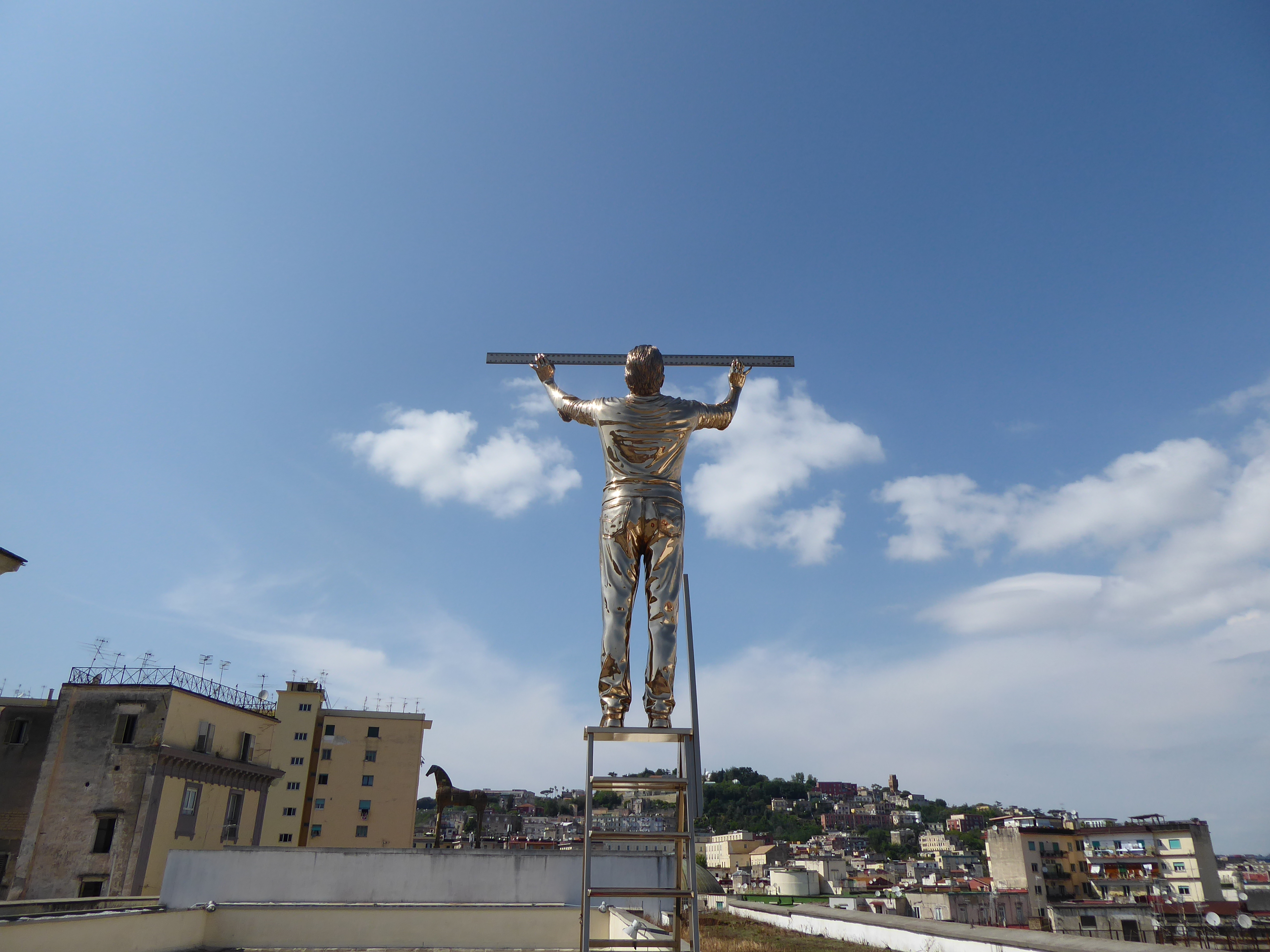 I had hoped to take an overnight ship from Naples directly to Stromboli, but low-season provides service only twice a week and the boat I’d hoped to take was already full. My many attempts to get information, for weeks prior, had all come to naught. I opted for a train to Milazzo in Sicily, where I could then catch a hydrofoil to Stromboli the following day.
I had hoped to take an overnight ship from Naples directly to Stromboli, but low-season provides service only twice a week and the boat I’d hoped to take was already full. My many attempts to get information, for weeks prior, had all come to naught. I opted for a train to Milazzo in Sicily, where I could then catch a hydrofoil to Stromboli the following day.
Traveling in Italian trains decades ago, I recalled the comfortable compartments with seats that could be converted into beds and windows that opened. The new trains provide convenience and speed, but little charm or fresh air. However, the nearly empty train was comfortable enough and six hours went by quickly.
Leaving the mainland to Sicily required taking a ferry, but my train ticket showed no transfers. We arrived at Villa San Giovanni station, the train slowed, stopped, backed up and stopped again. I peered out and saw a man standing below in a bright orange vest. Our train had smoothly driven on to a ferry. I stepped outside and took in the sea air and view.
Milazzo is a pretty coastal town, most people pass quickly through to board ferries to other destinations. My intention was no different. But my evening there, despite a deafening streetfair for children with speakers blaring announcements just below my hotel window, was very pleasant. I walked along the shore then into the narrow streets that few people, including the residents, occupied and bought a ticket for the following day to Stromboli.
